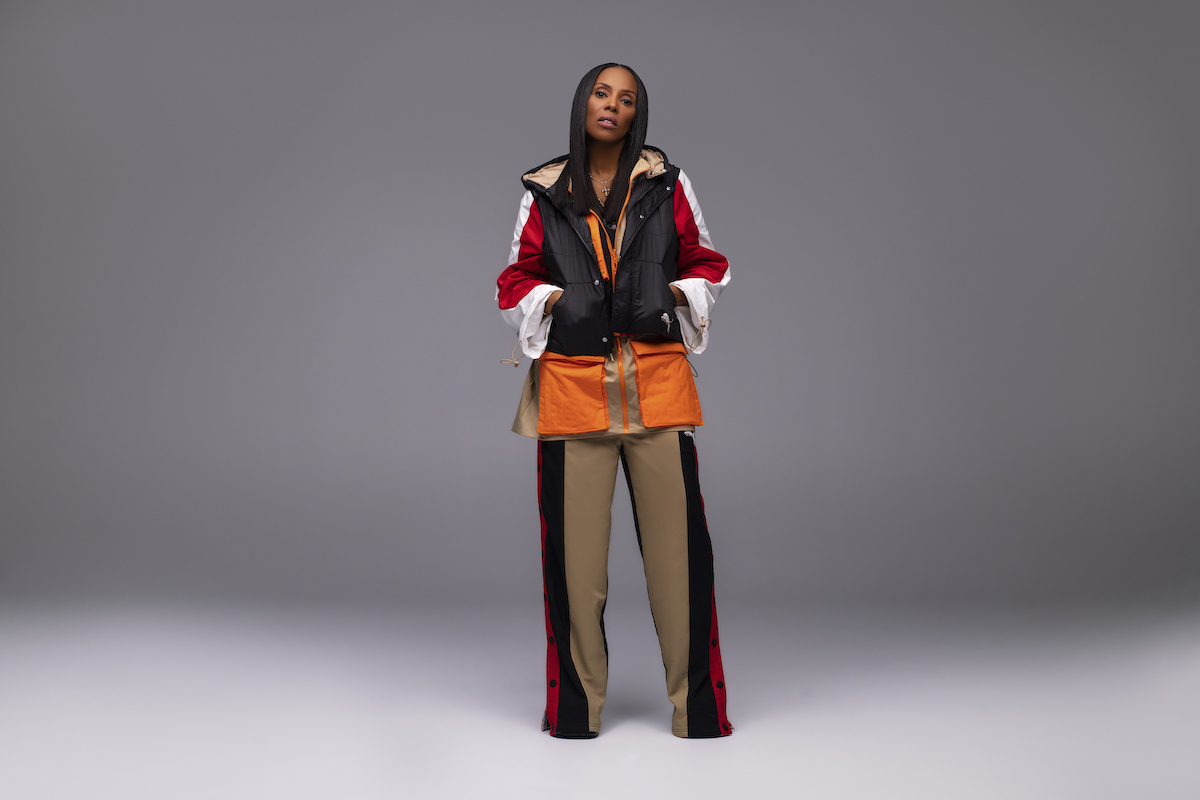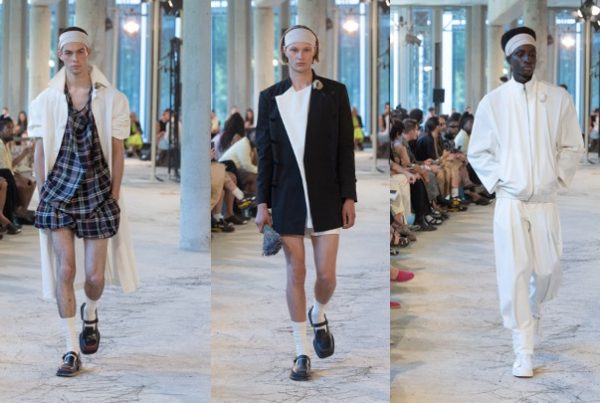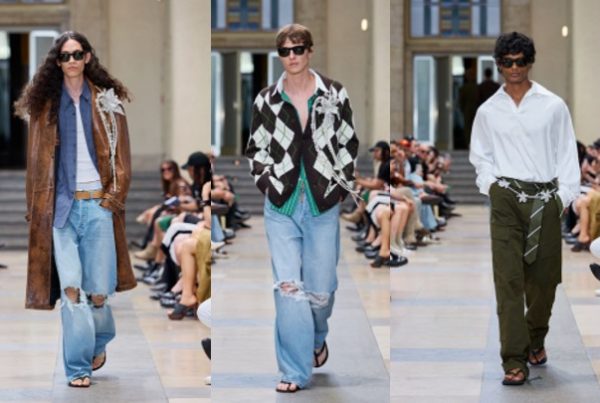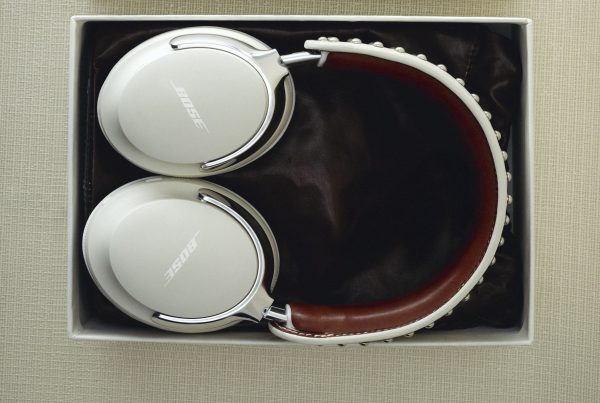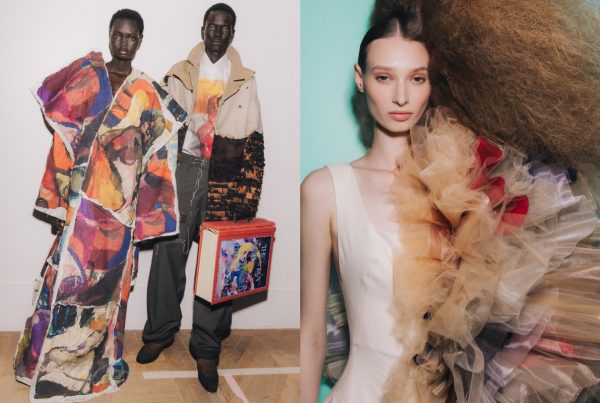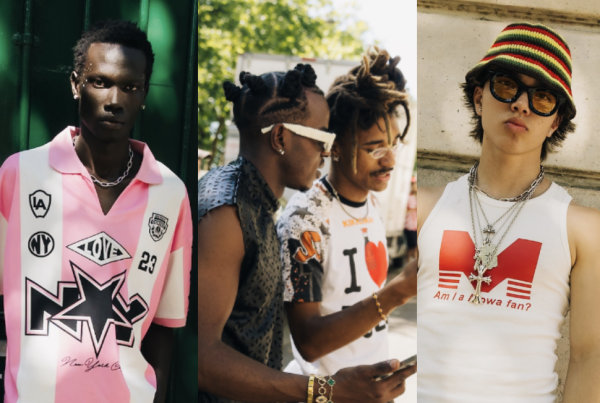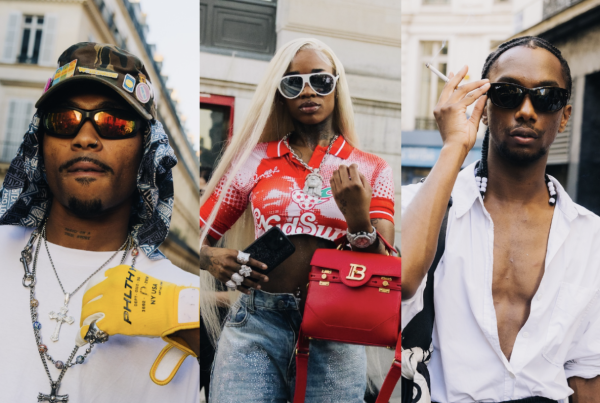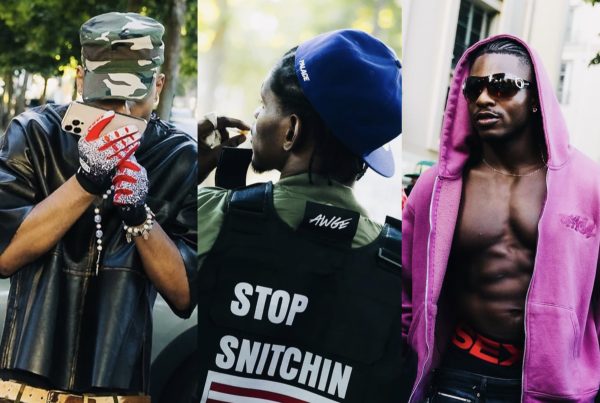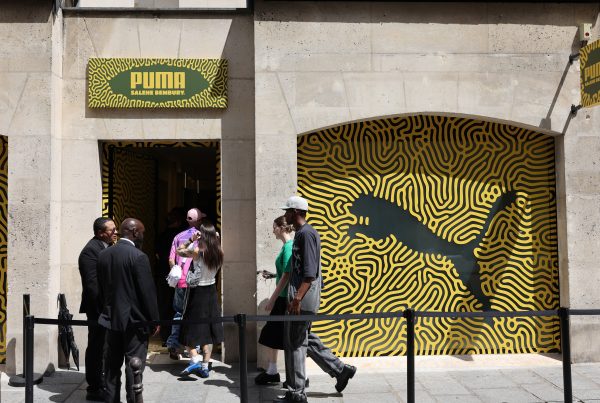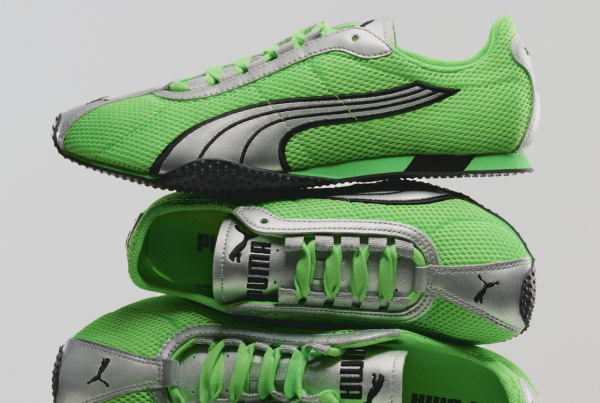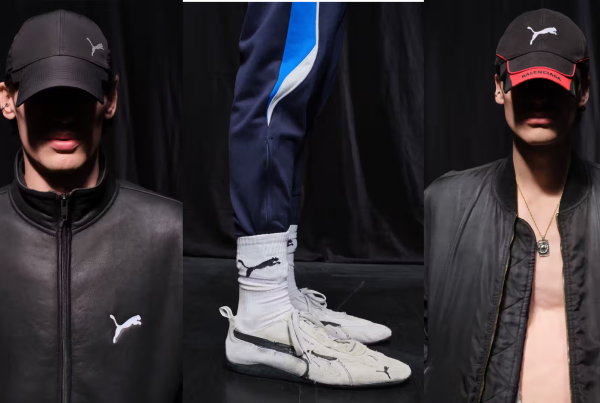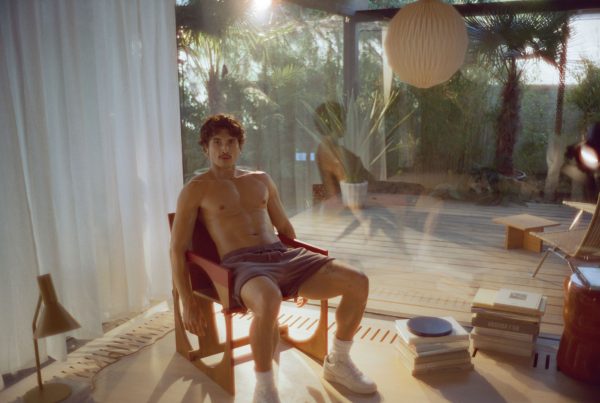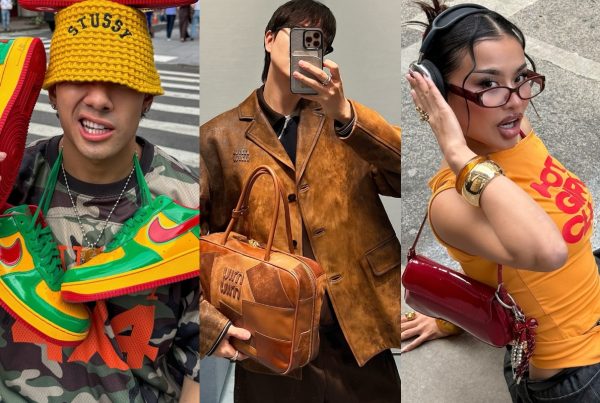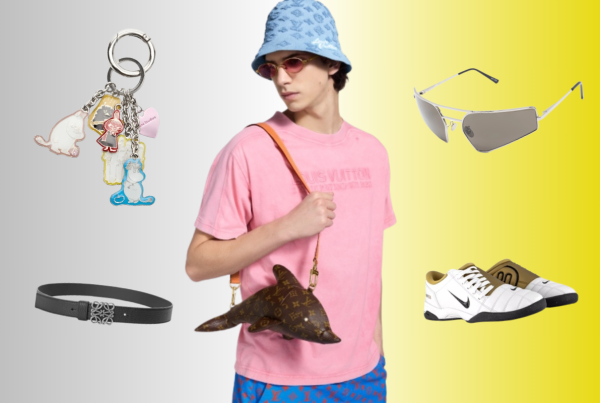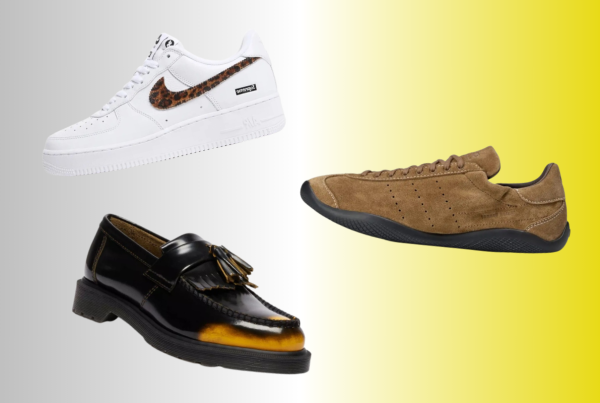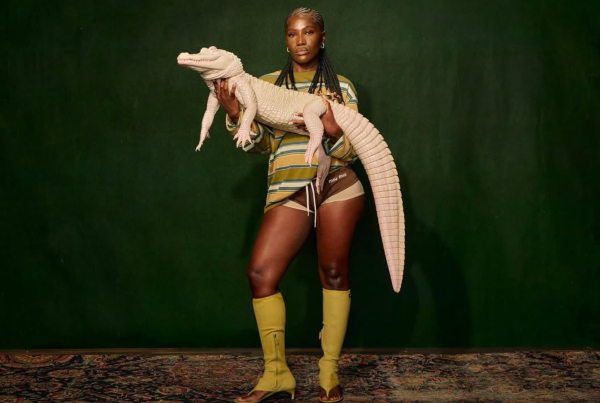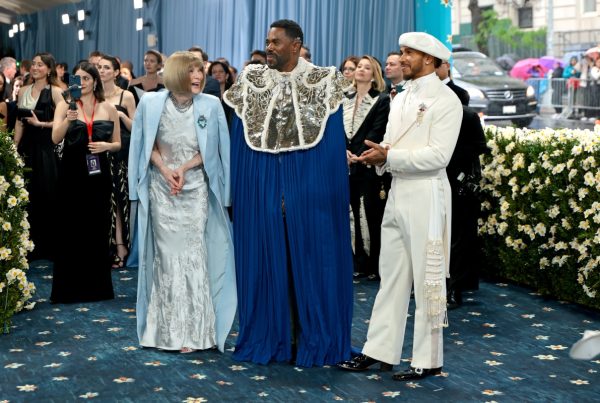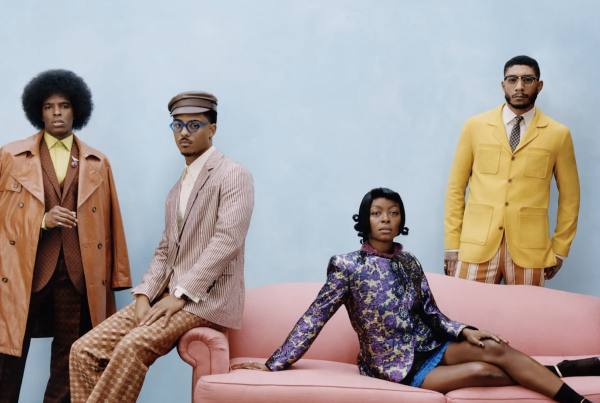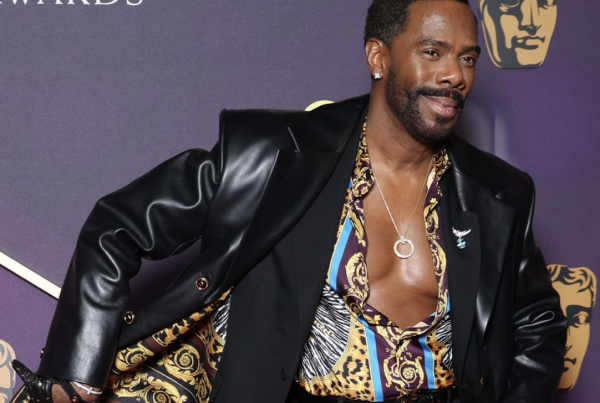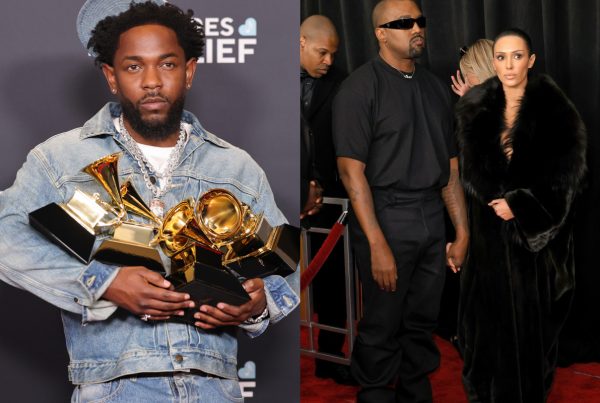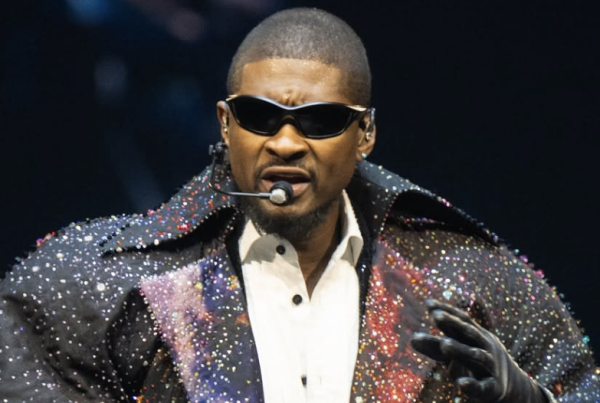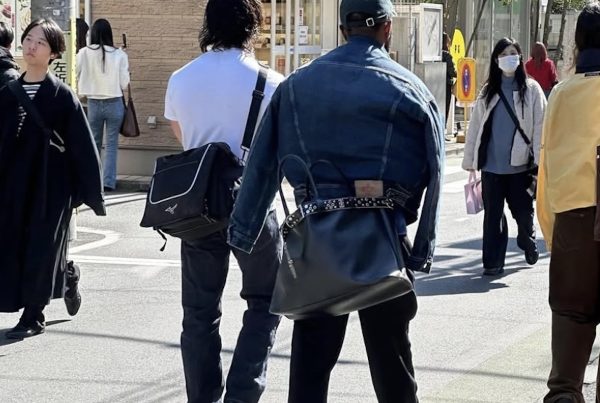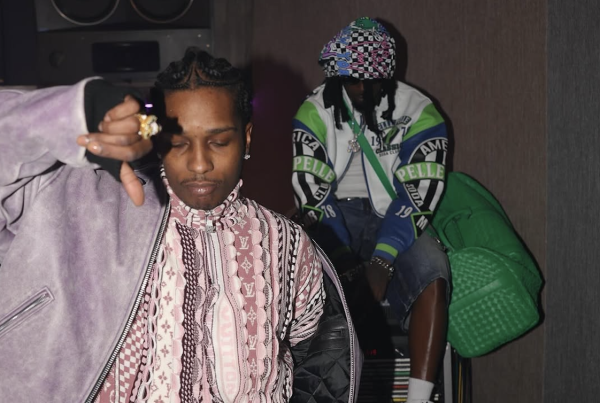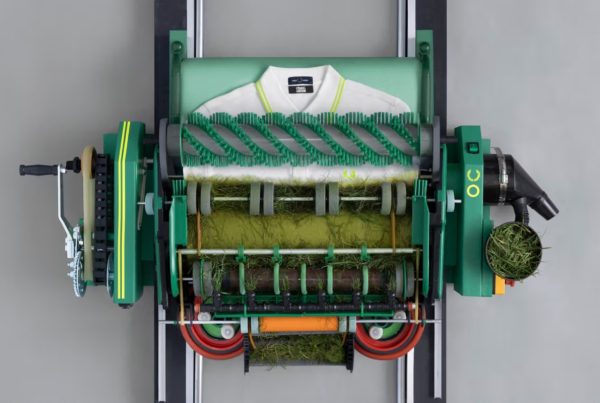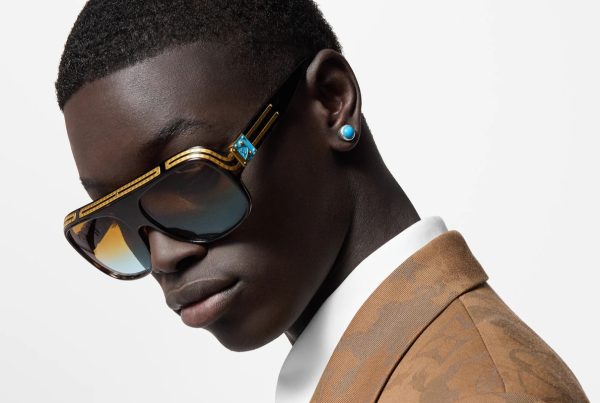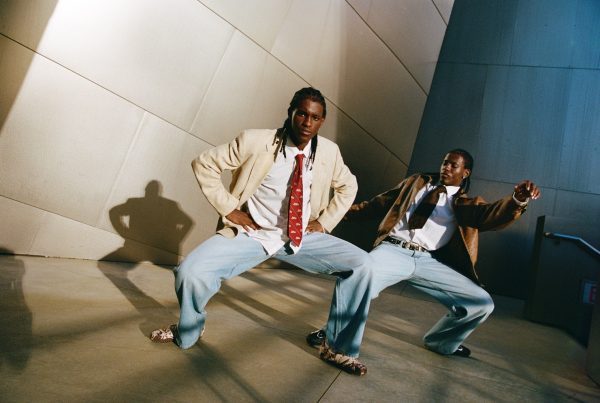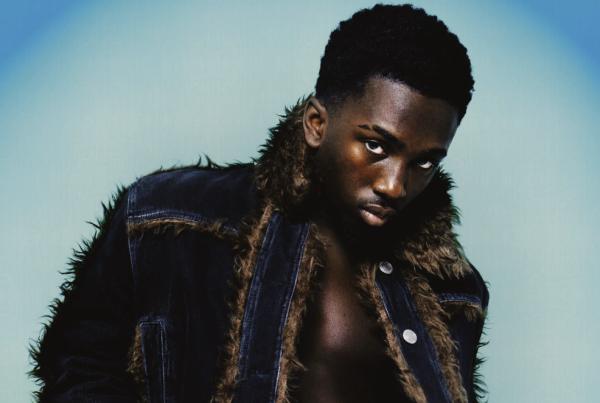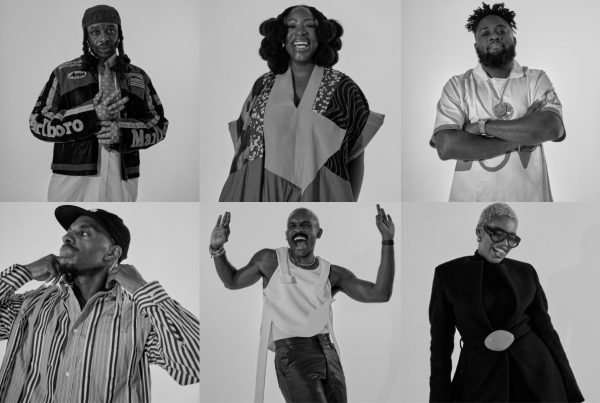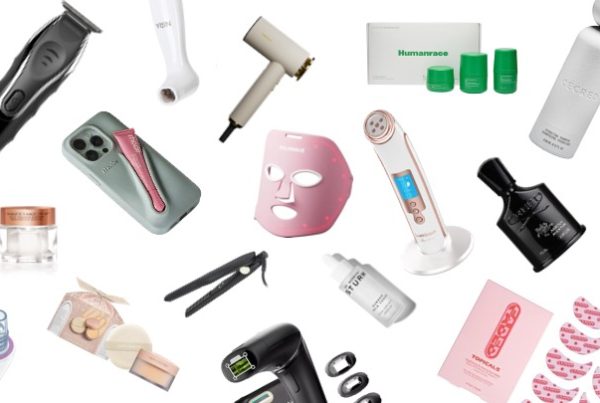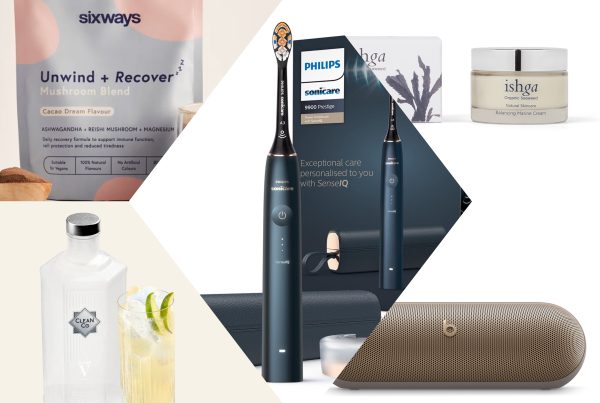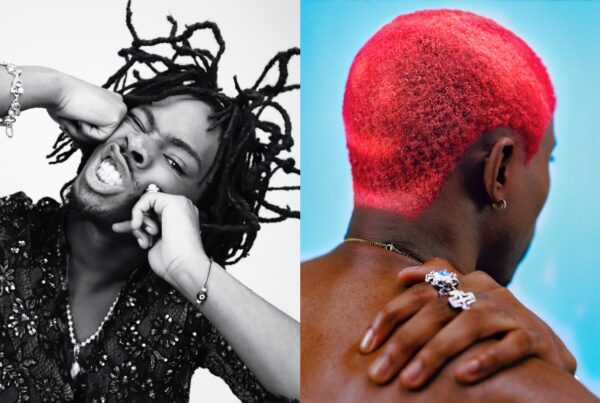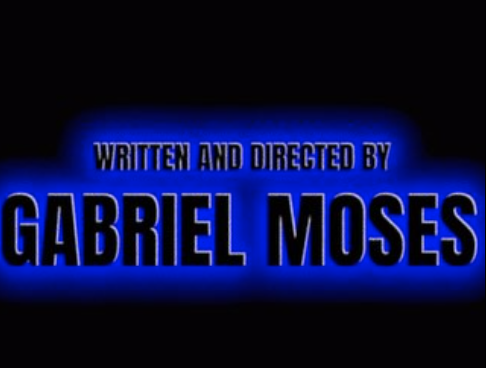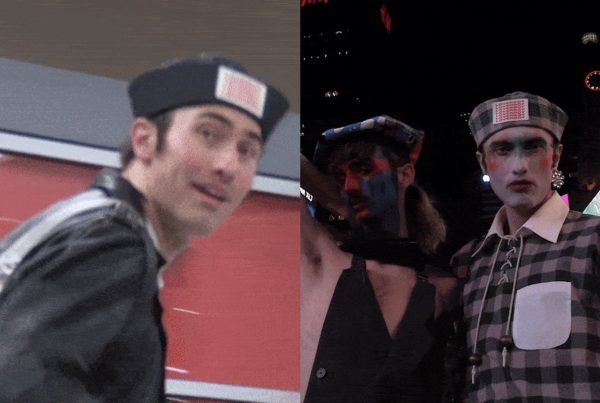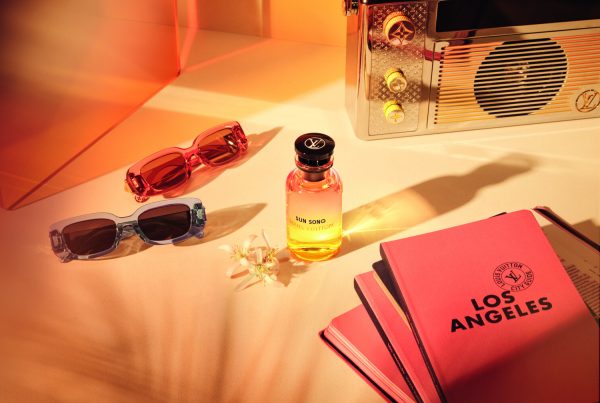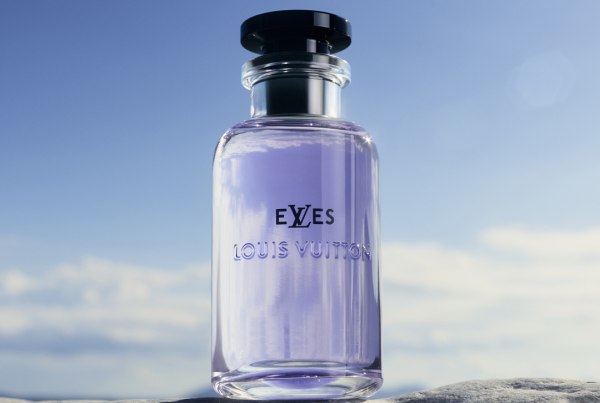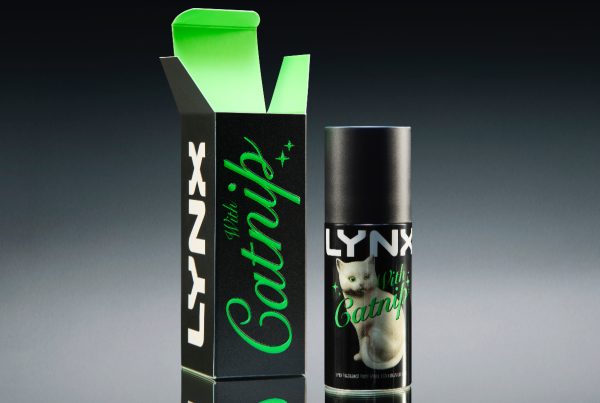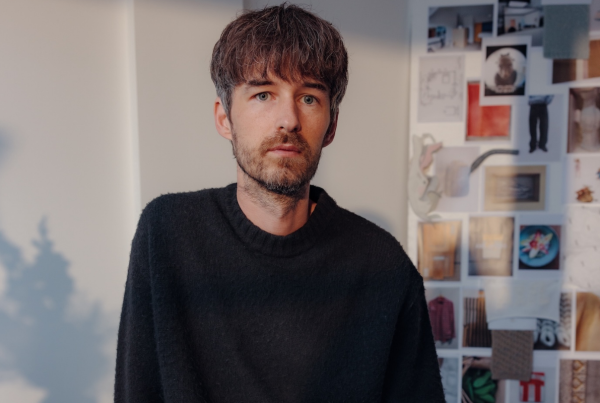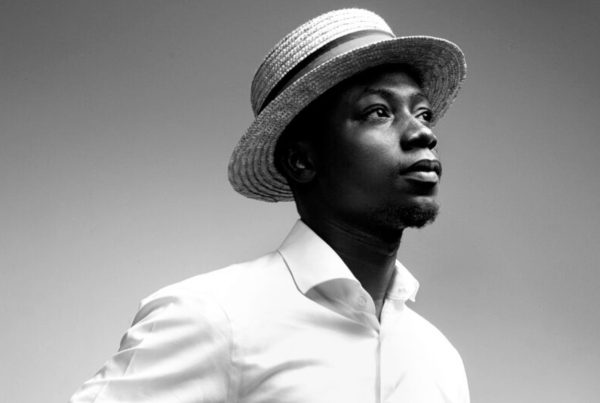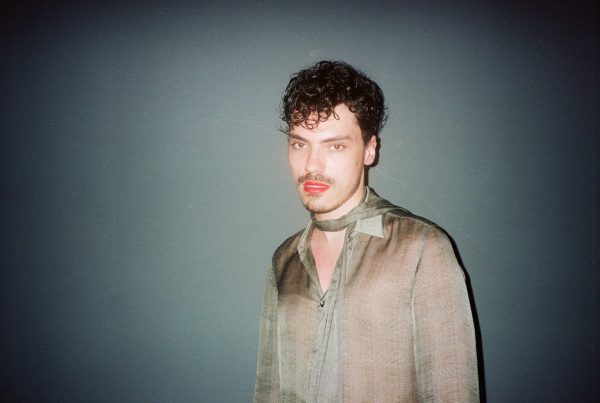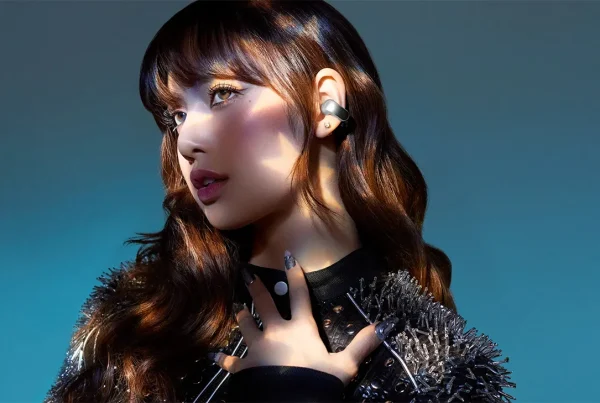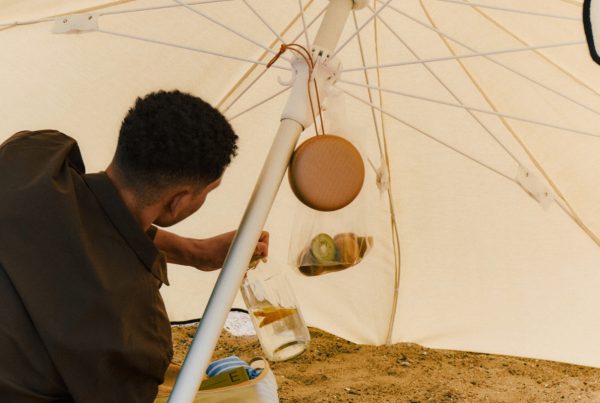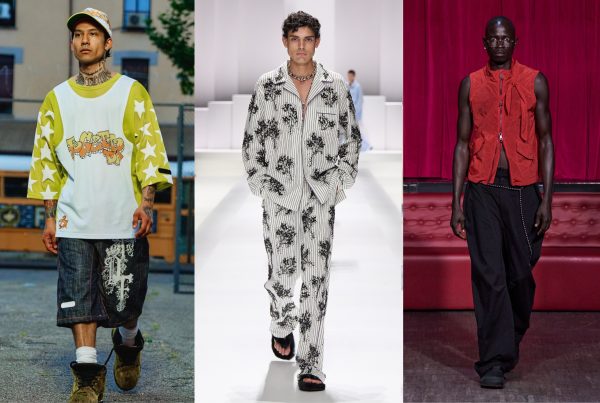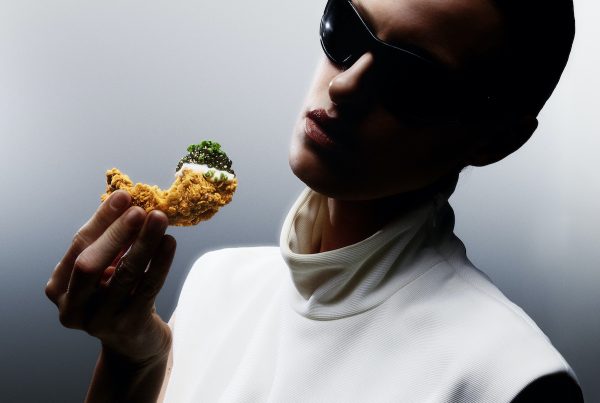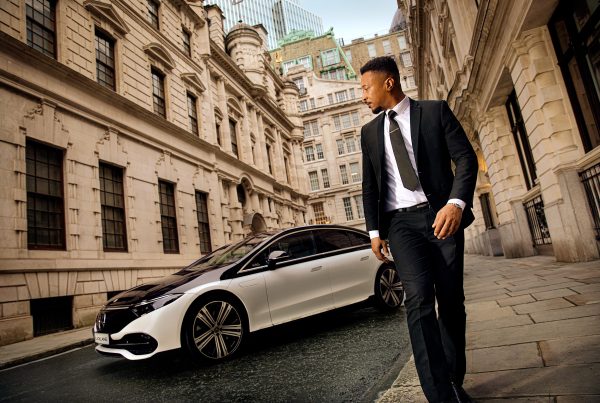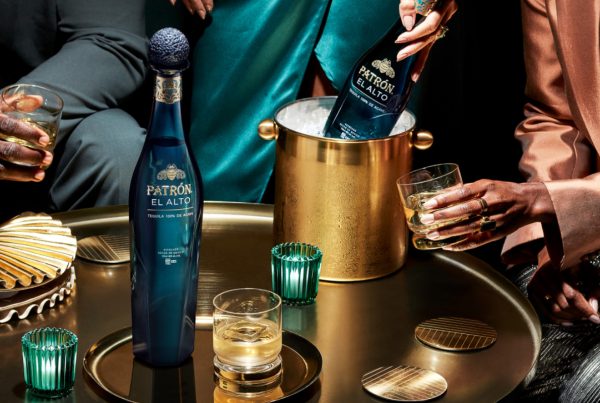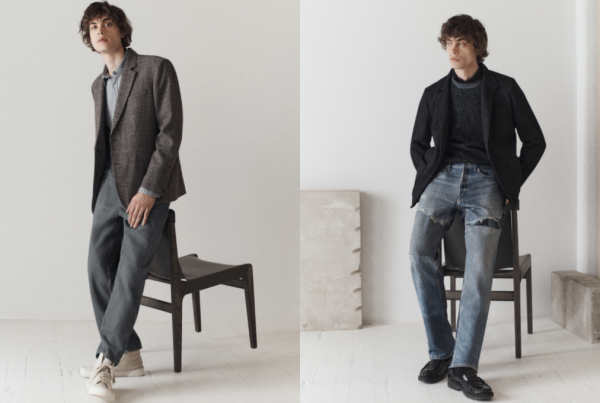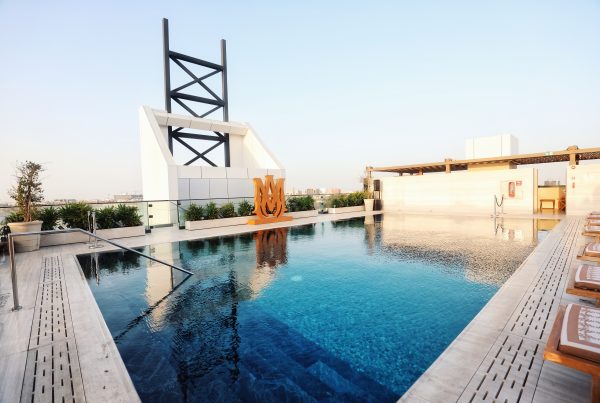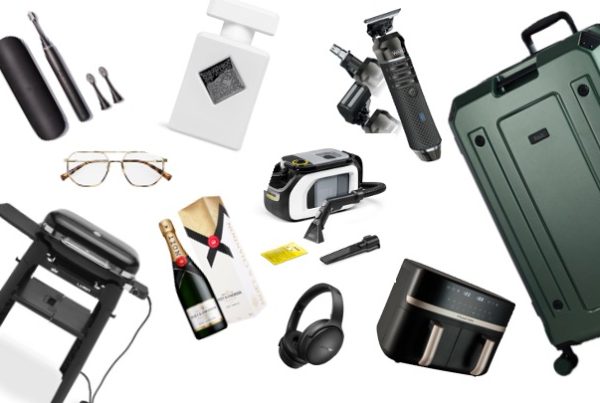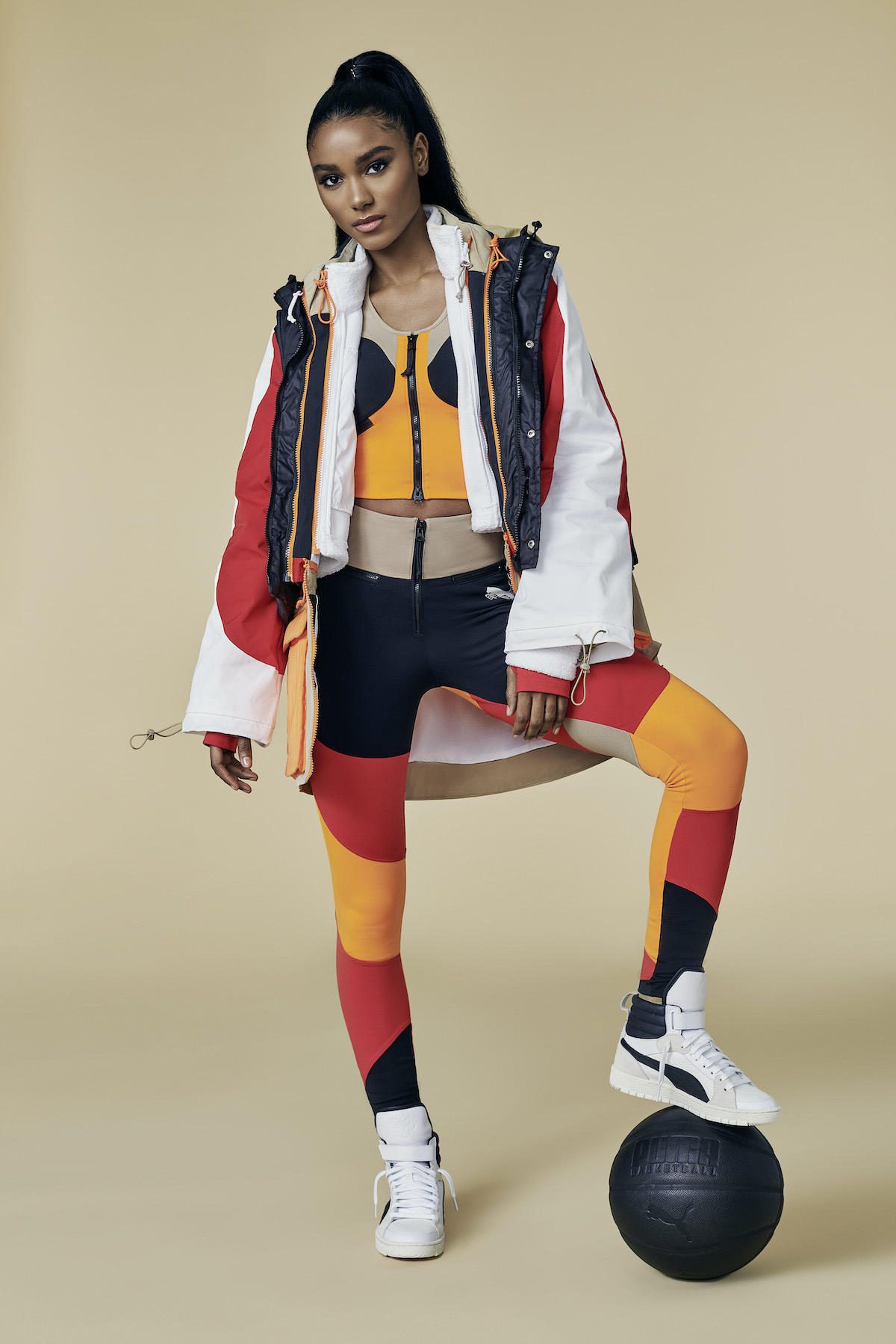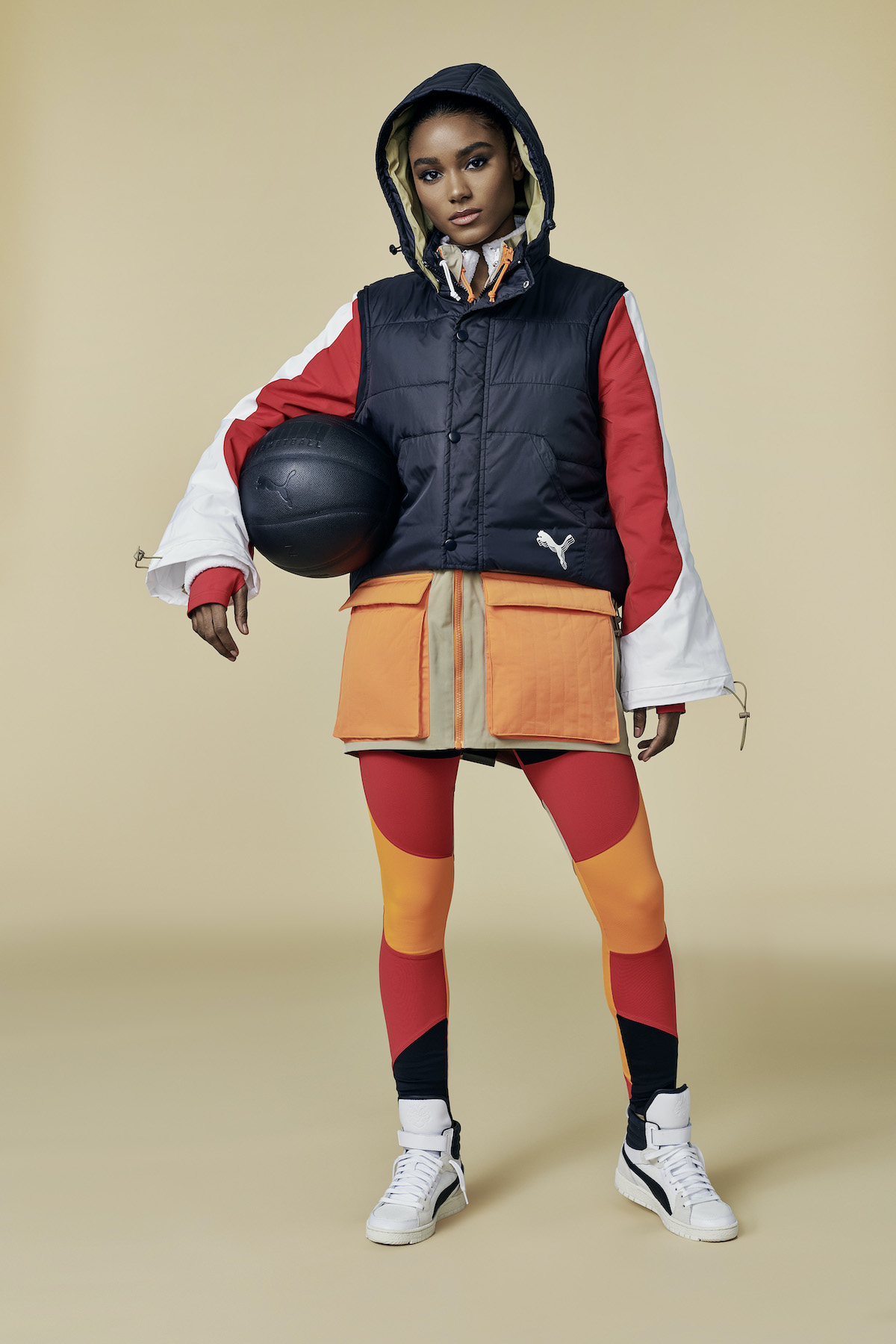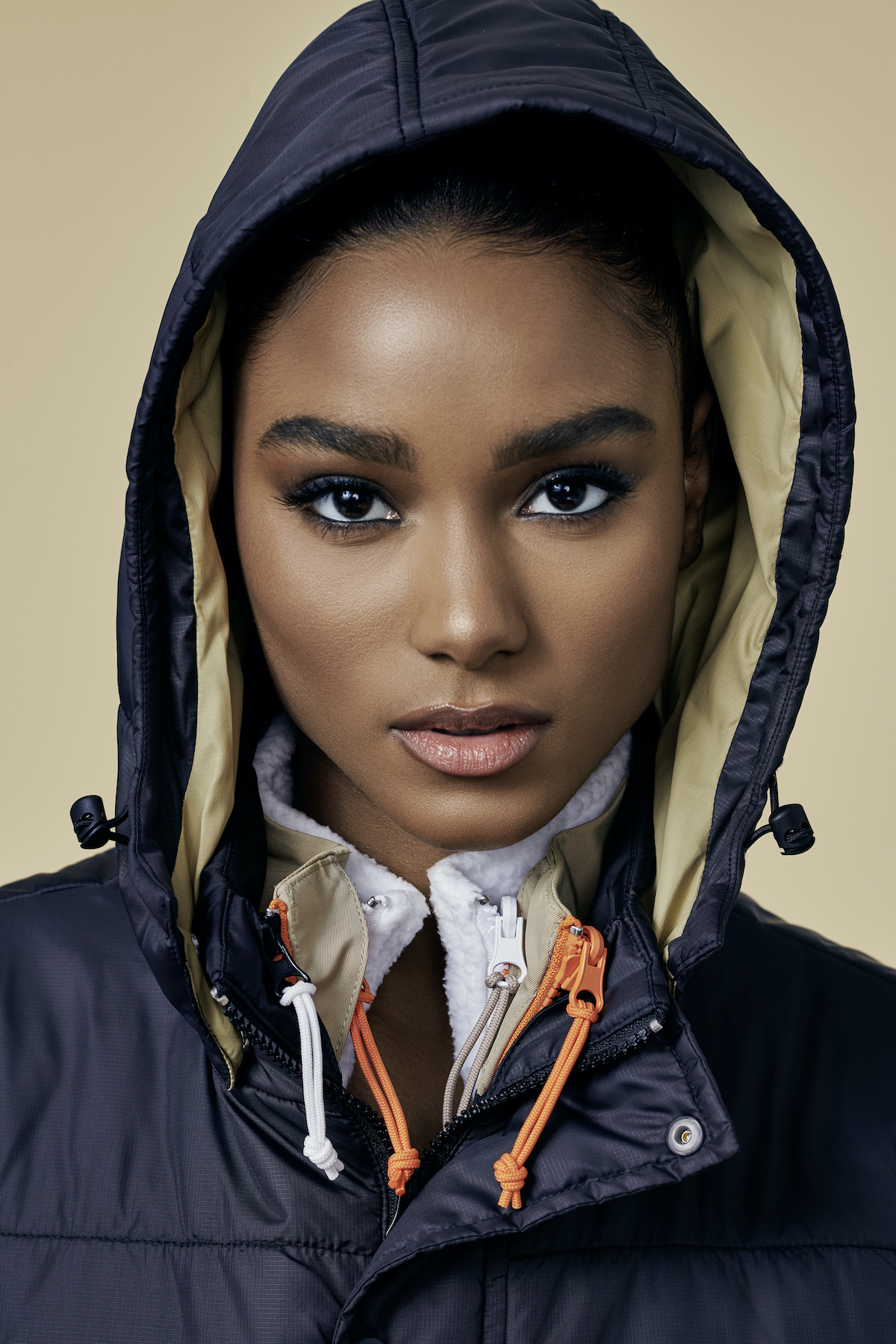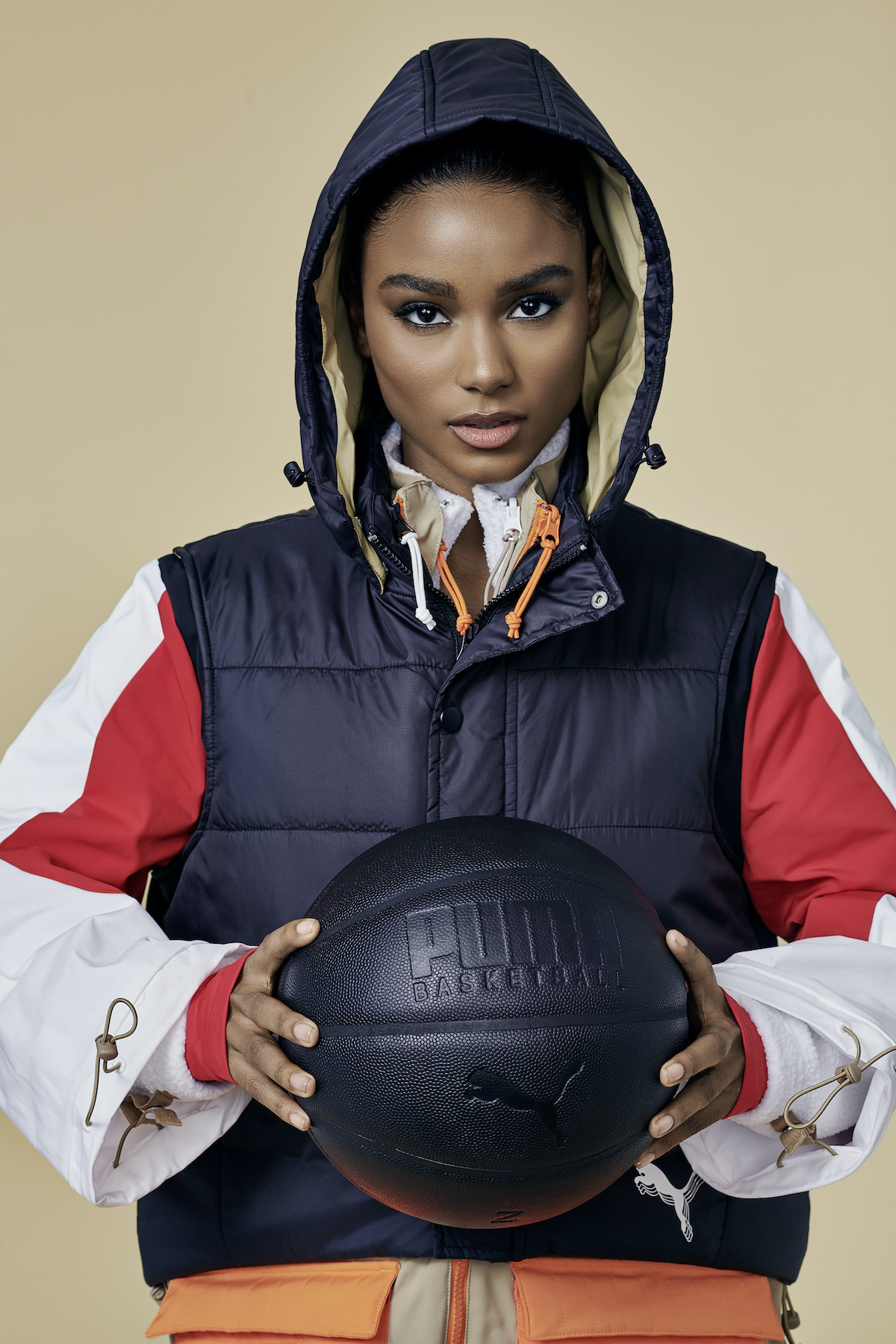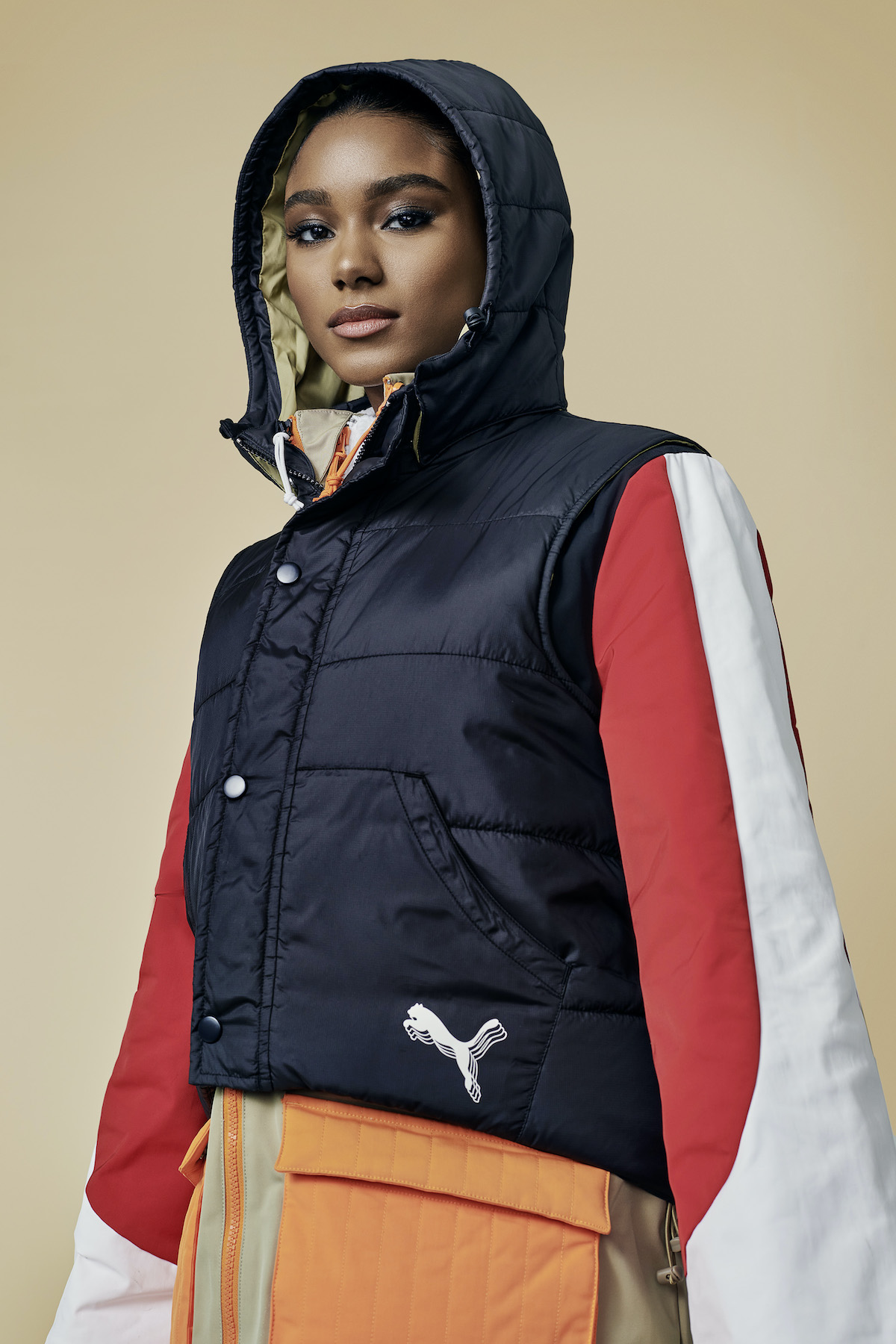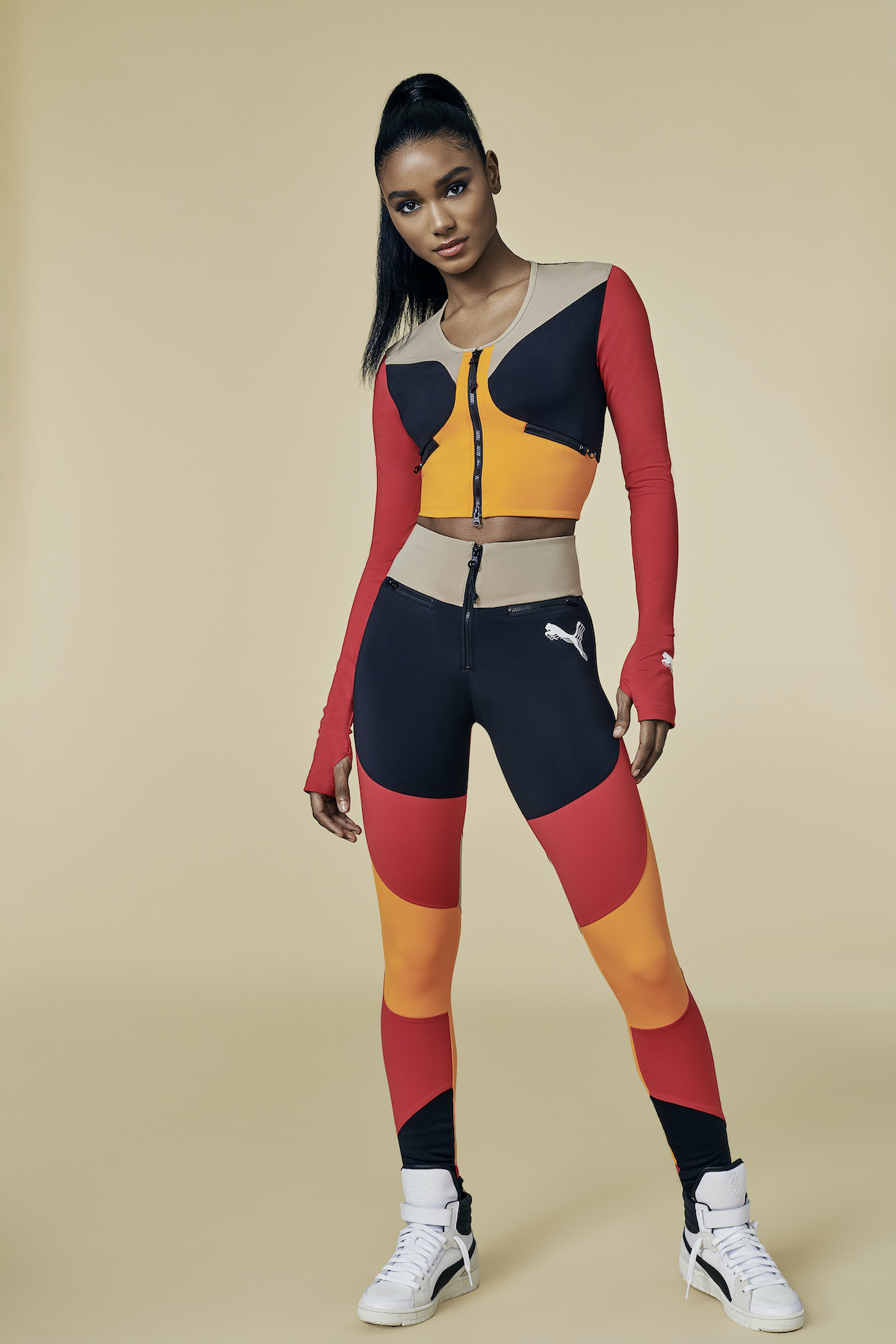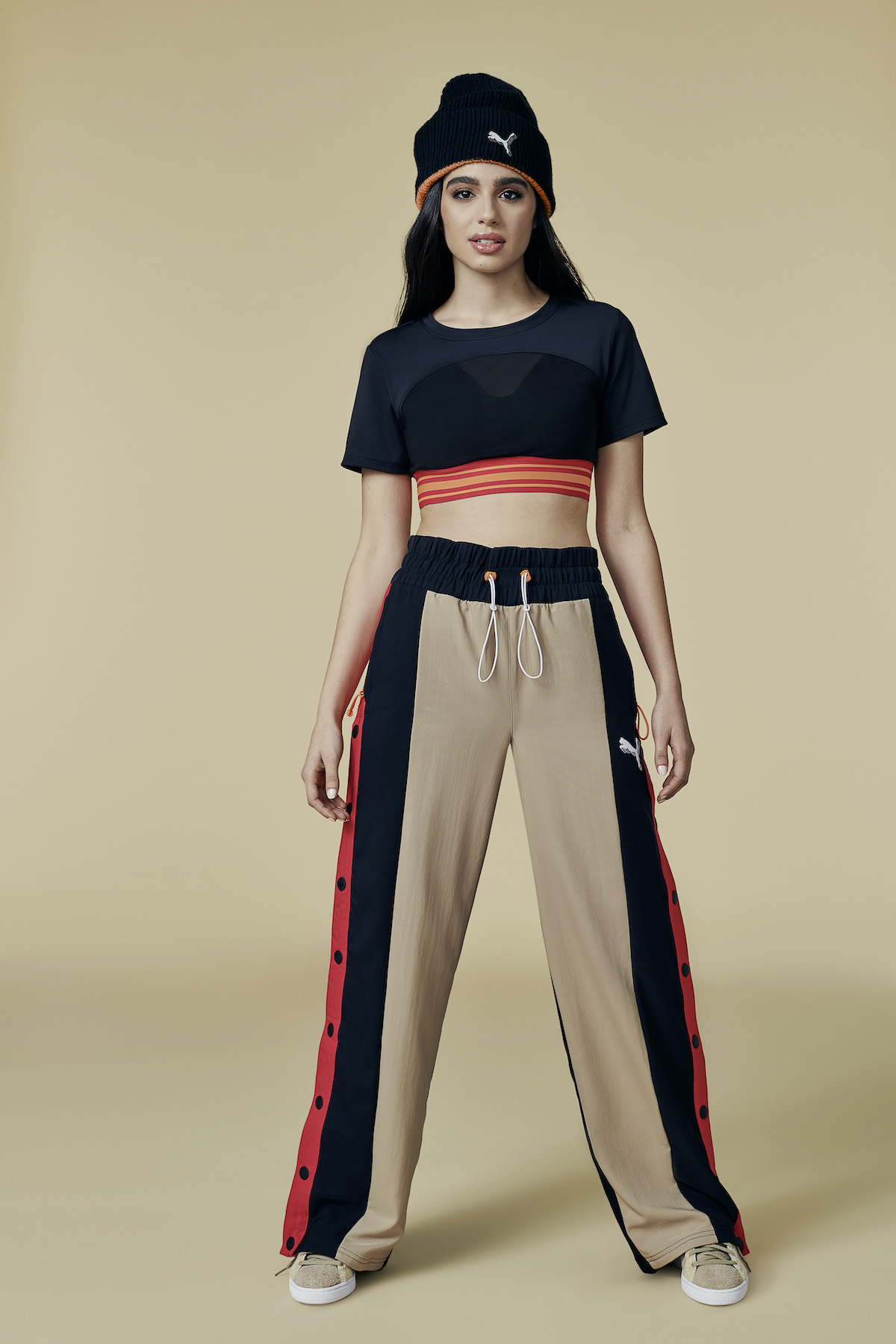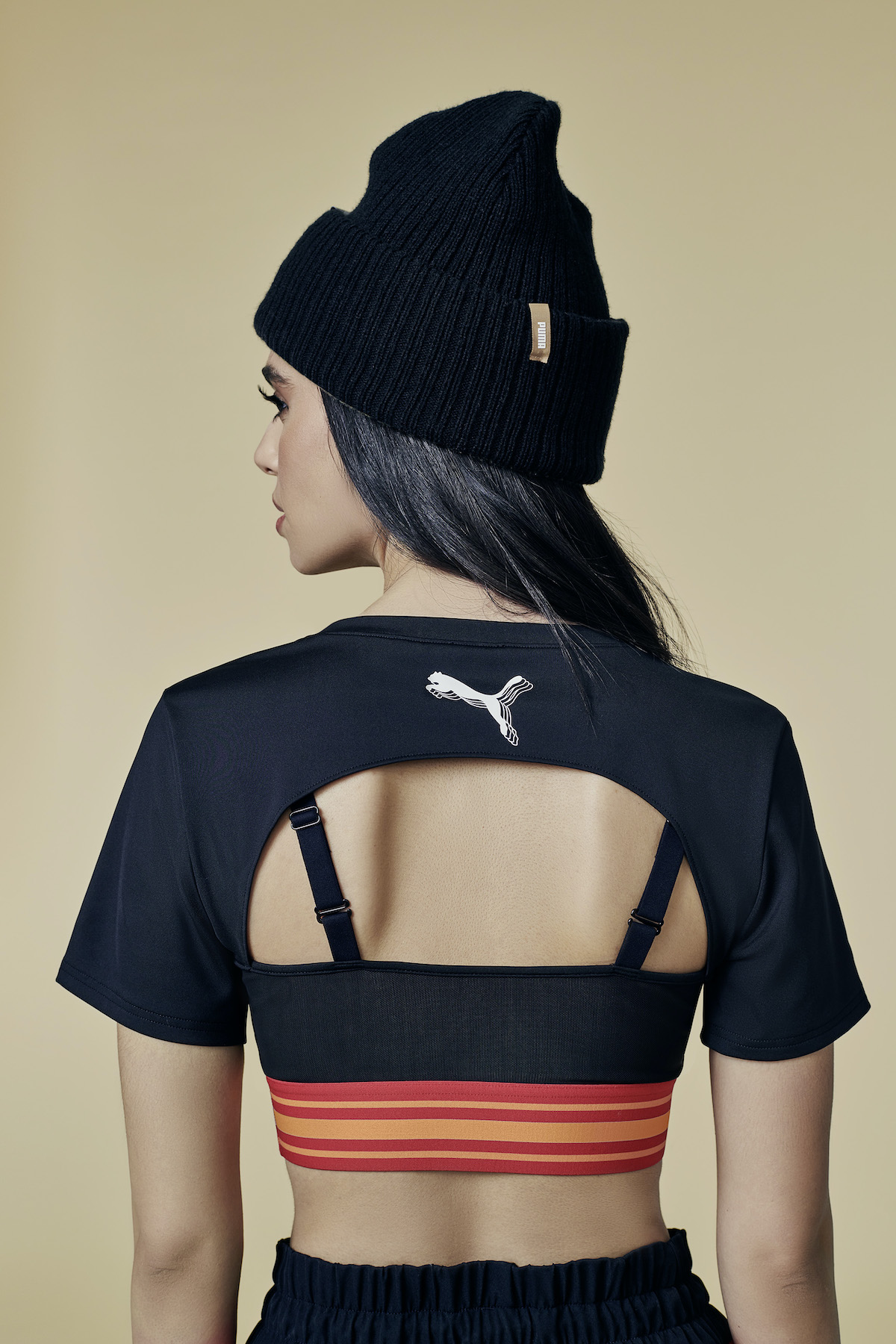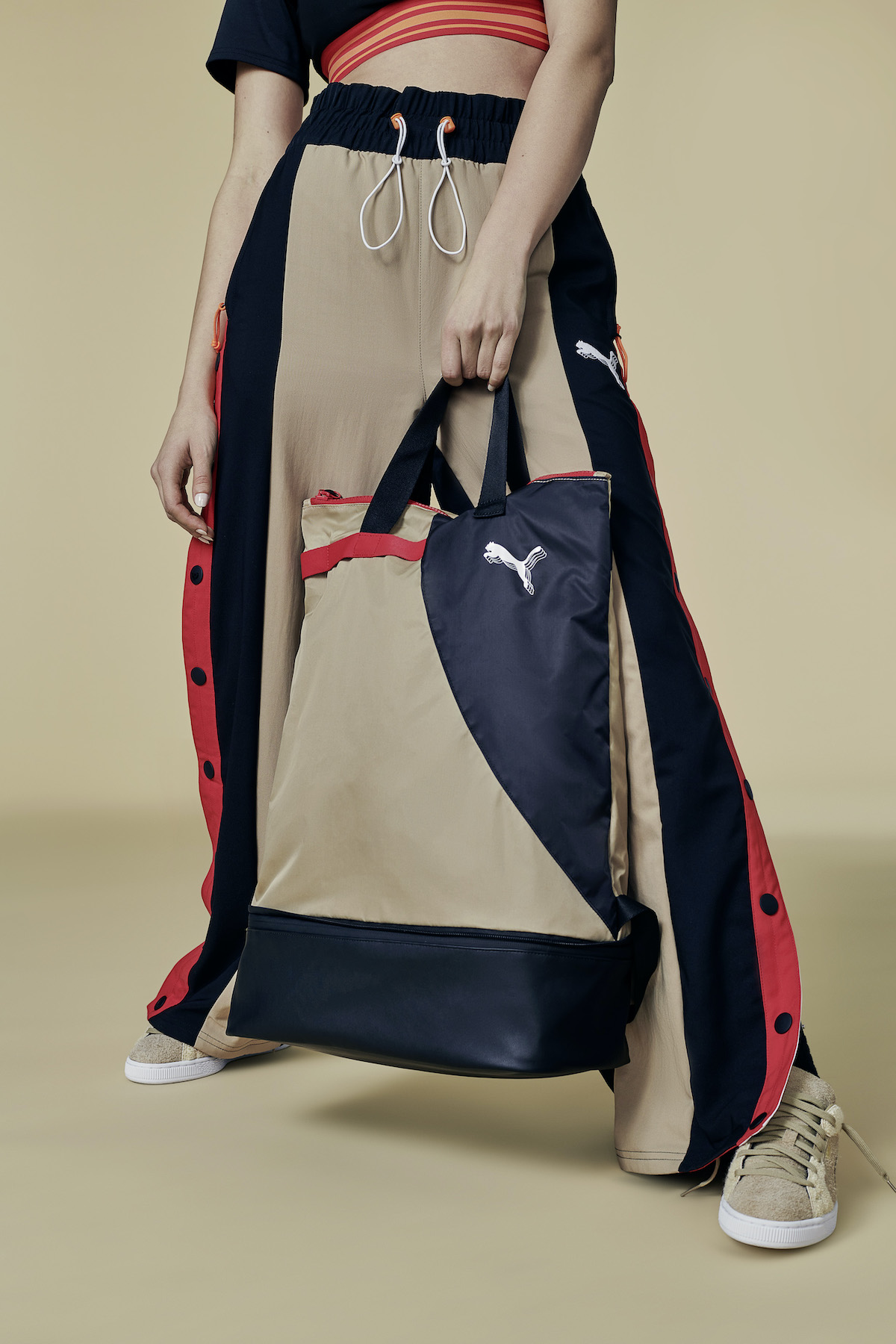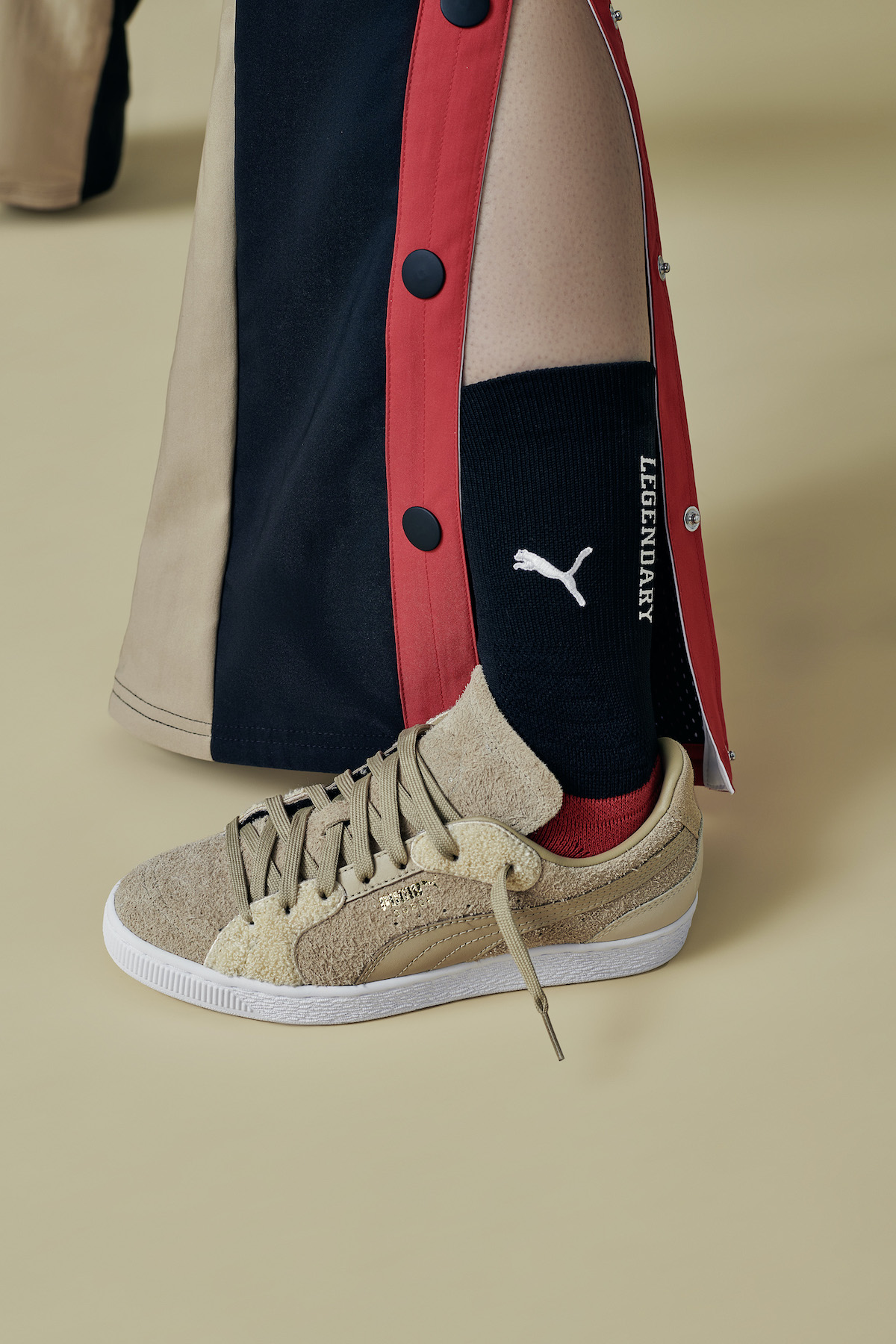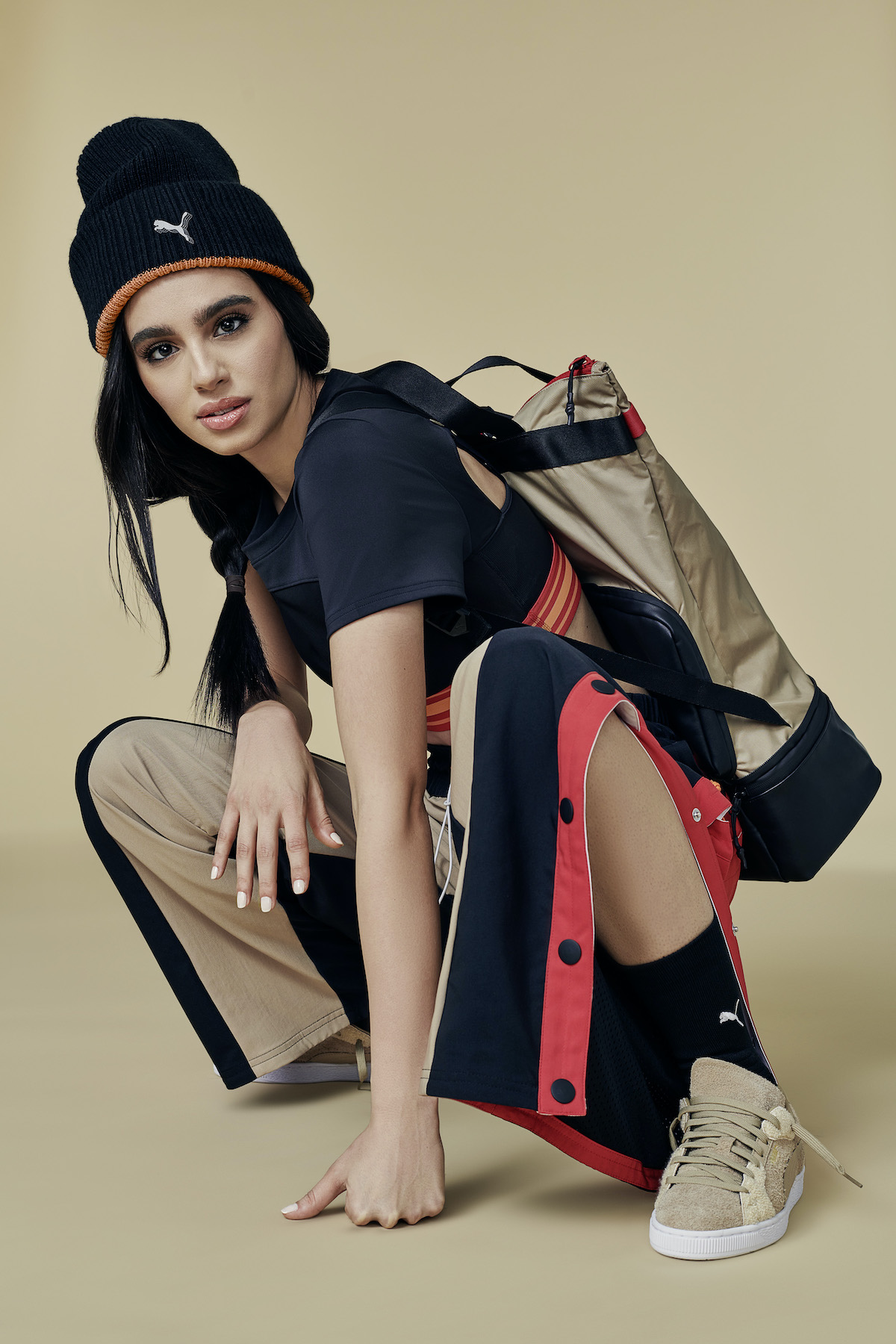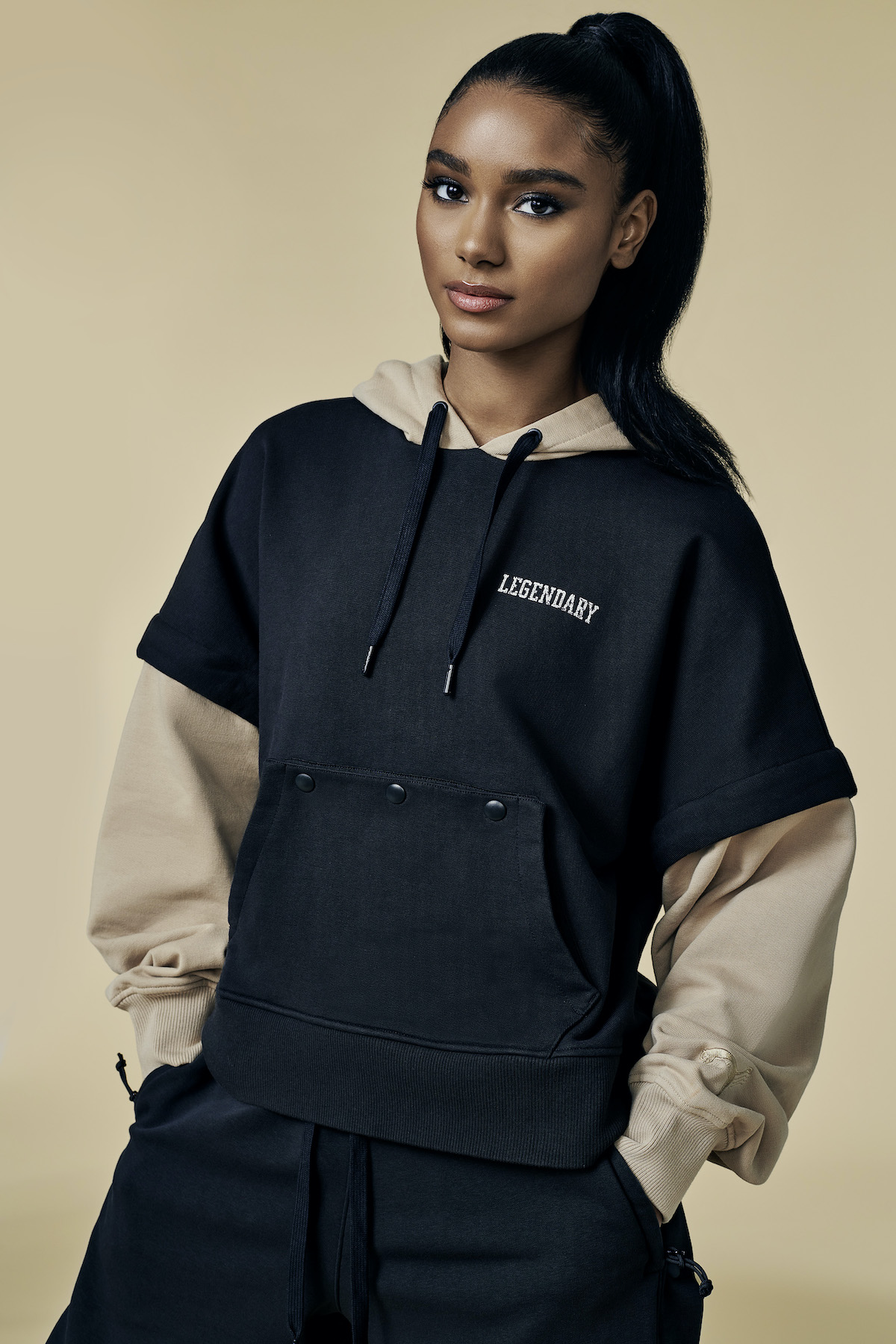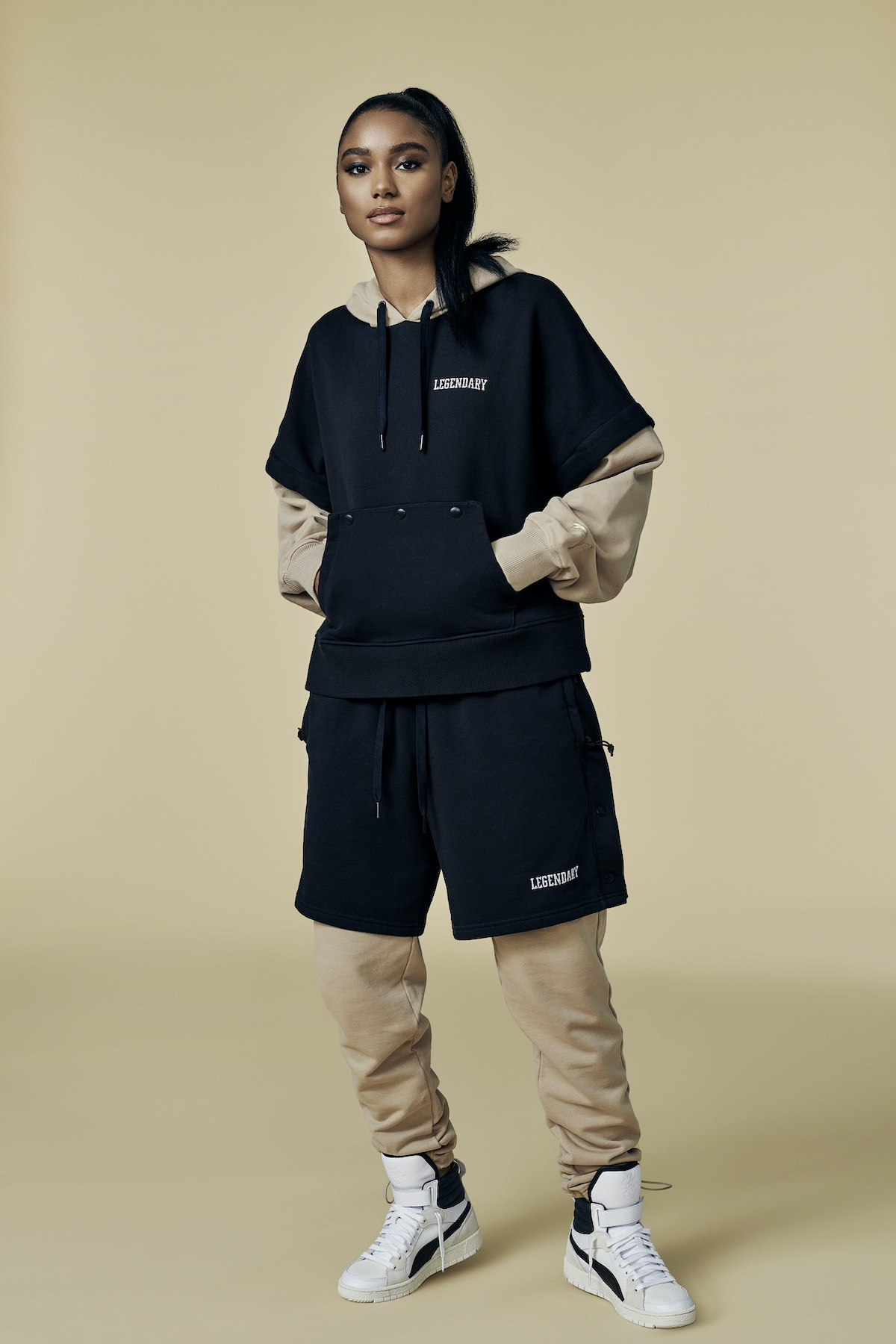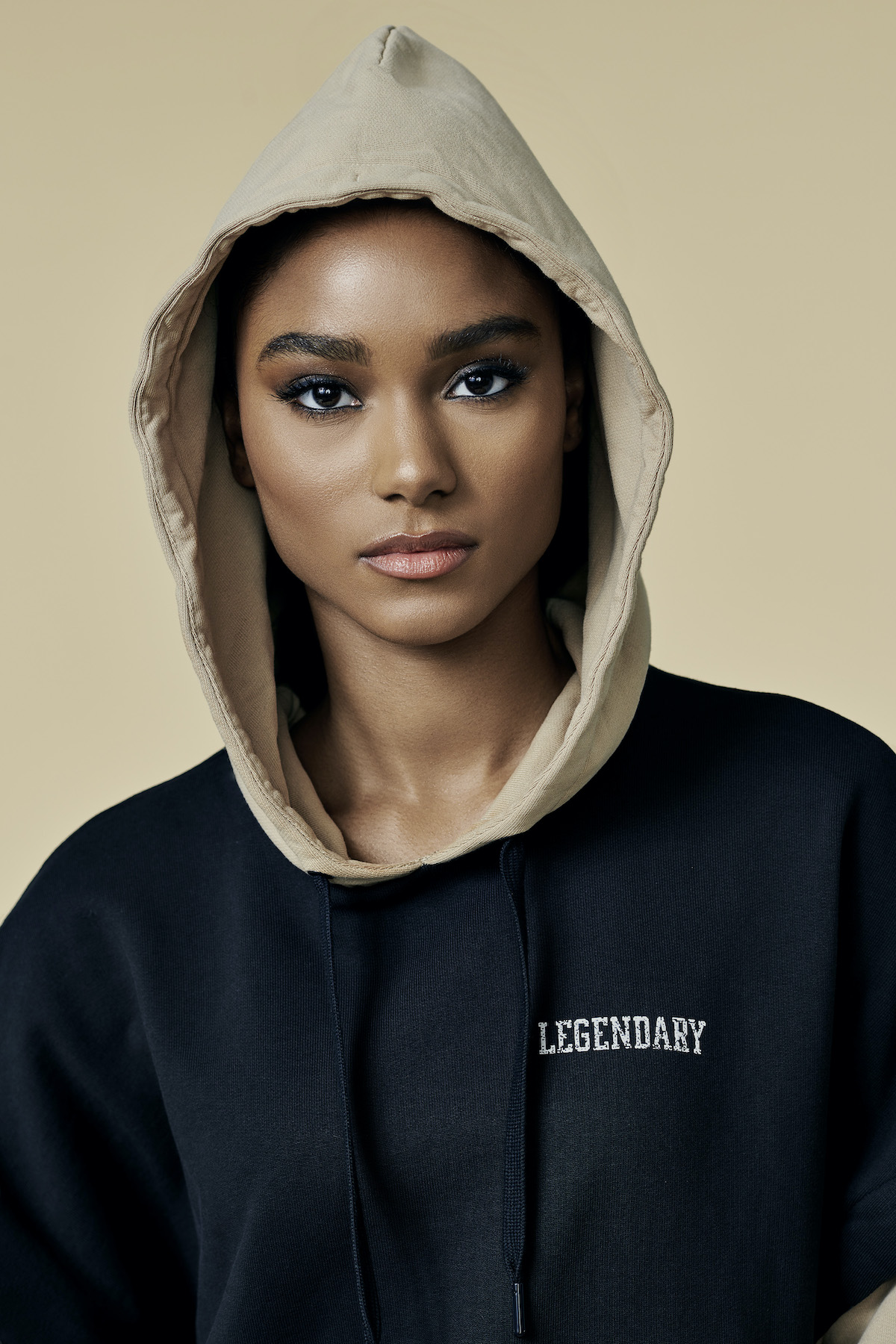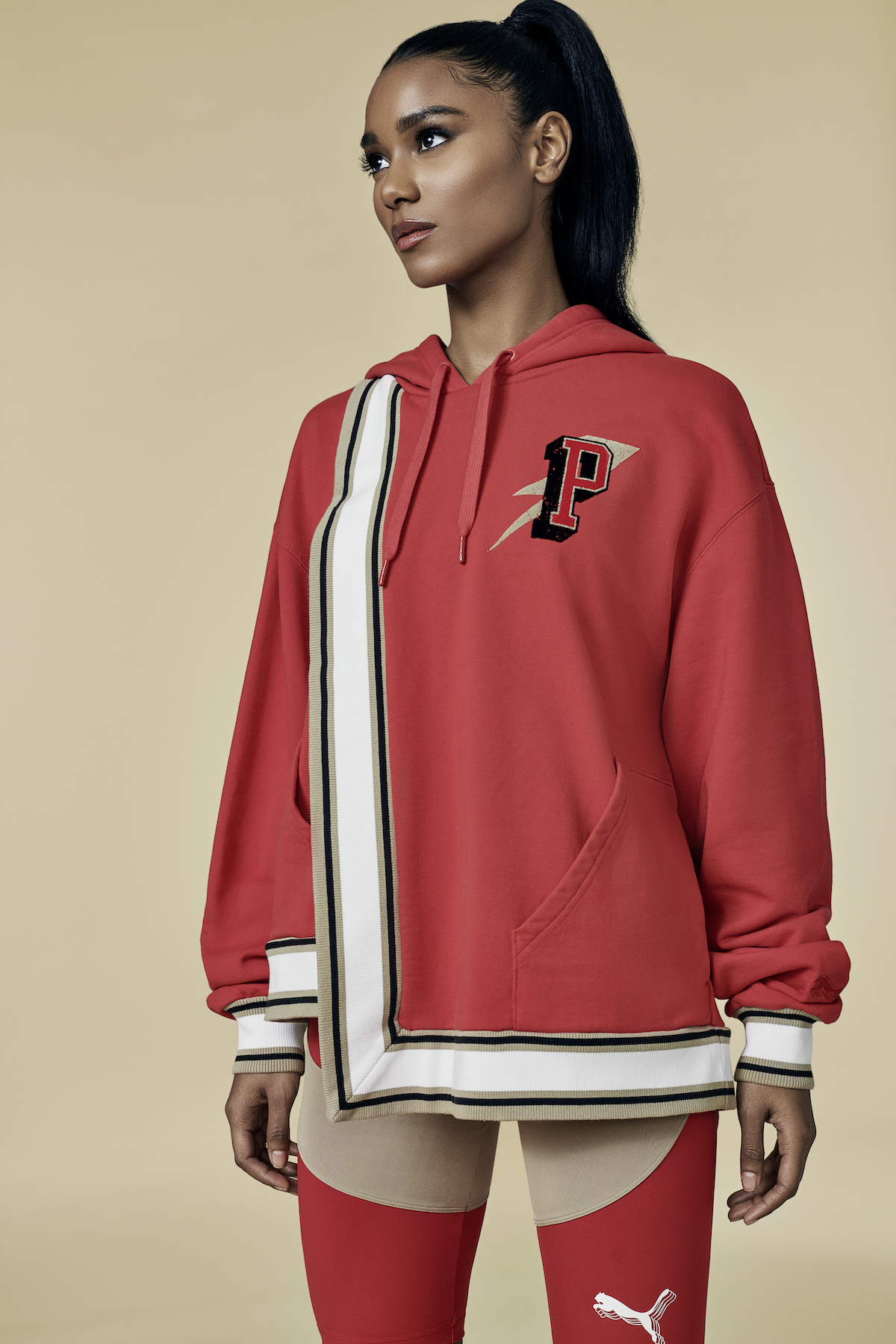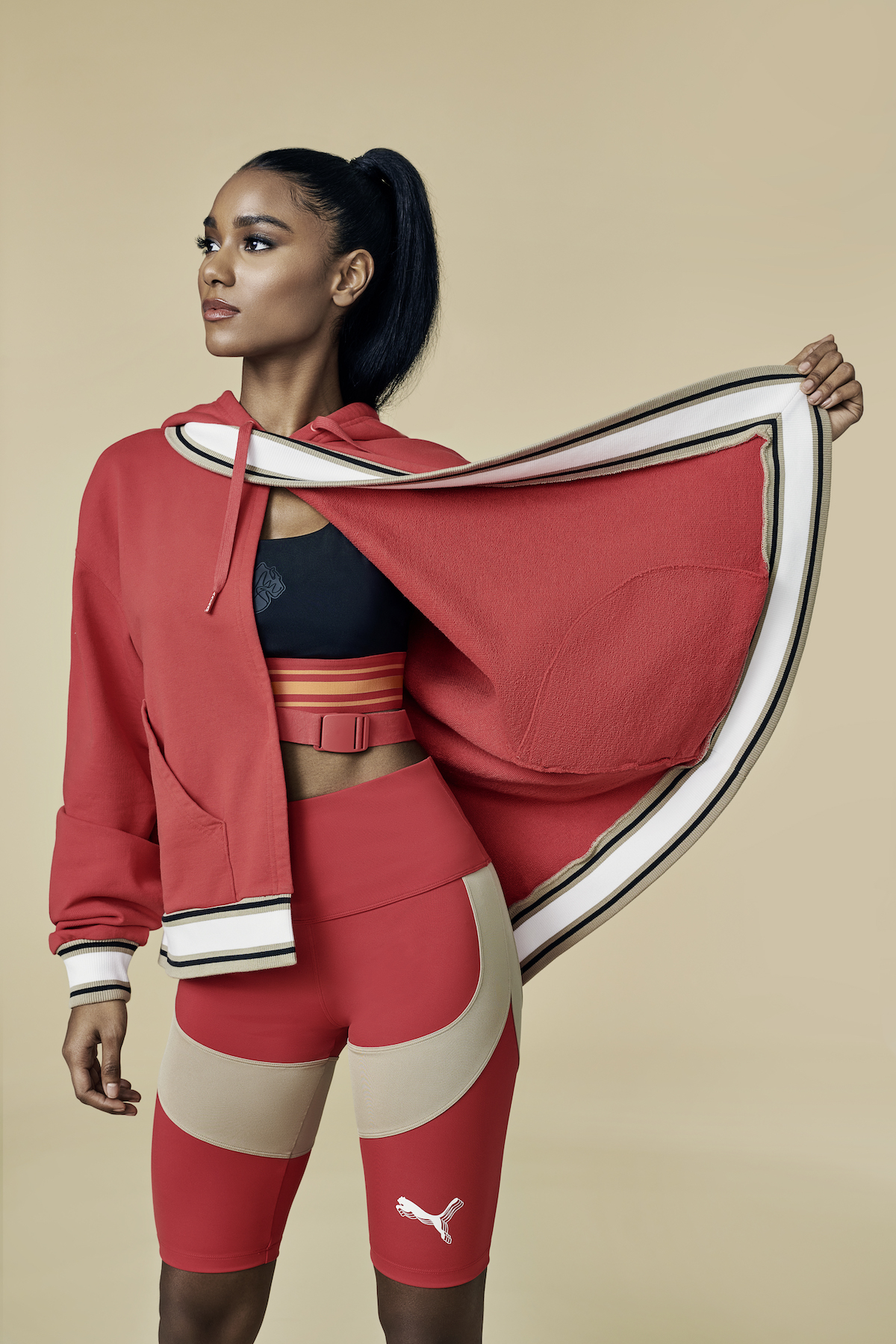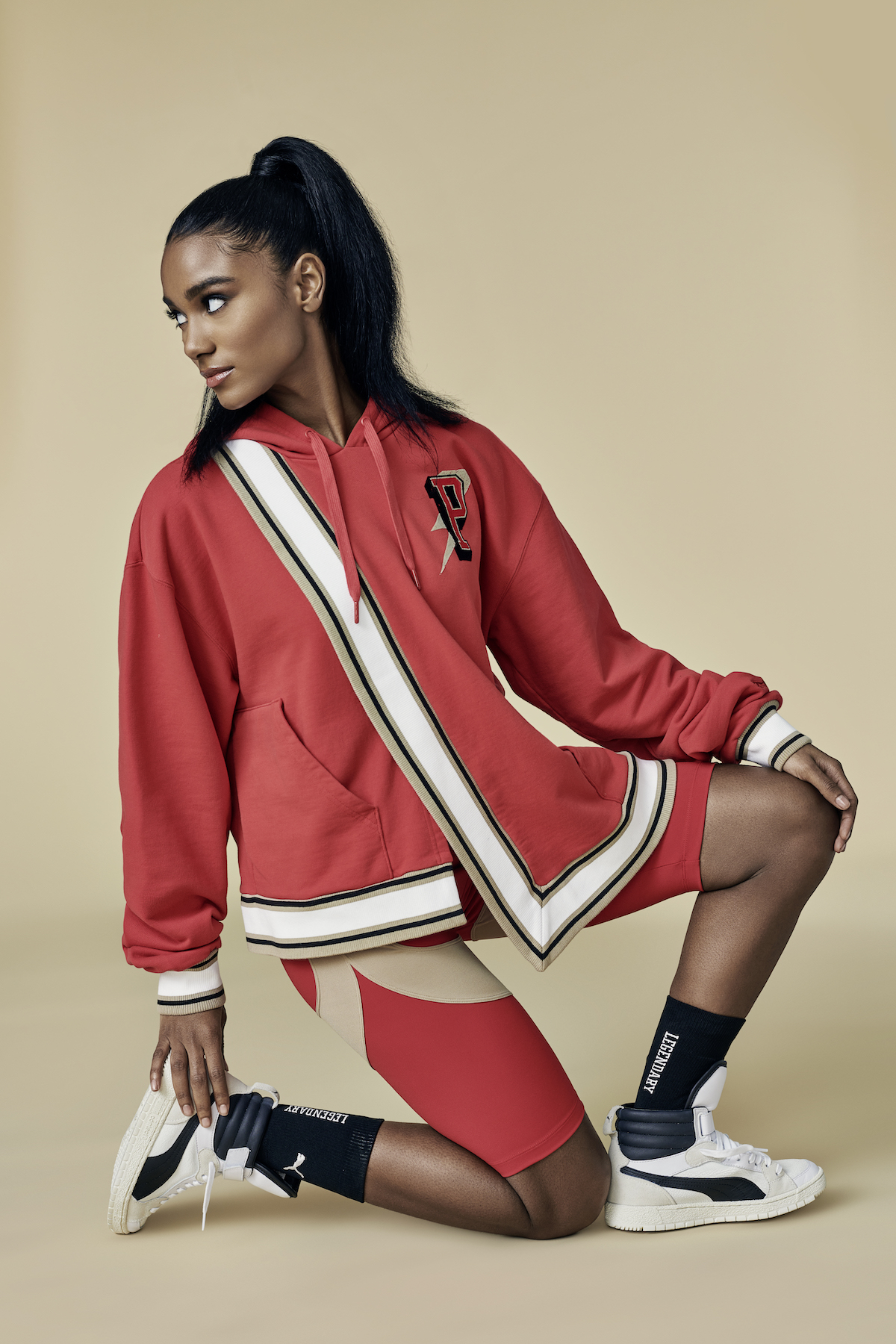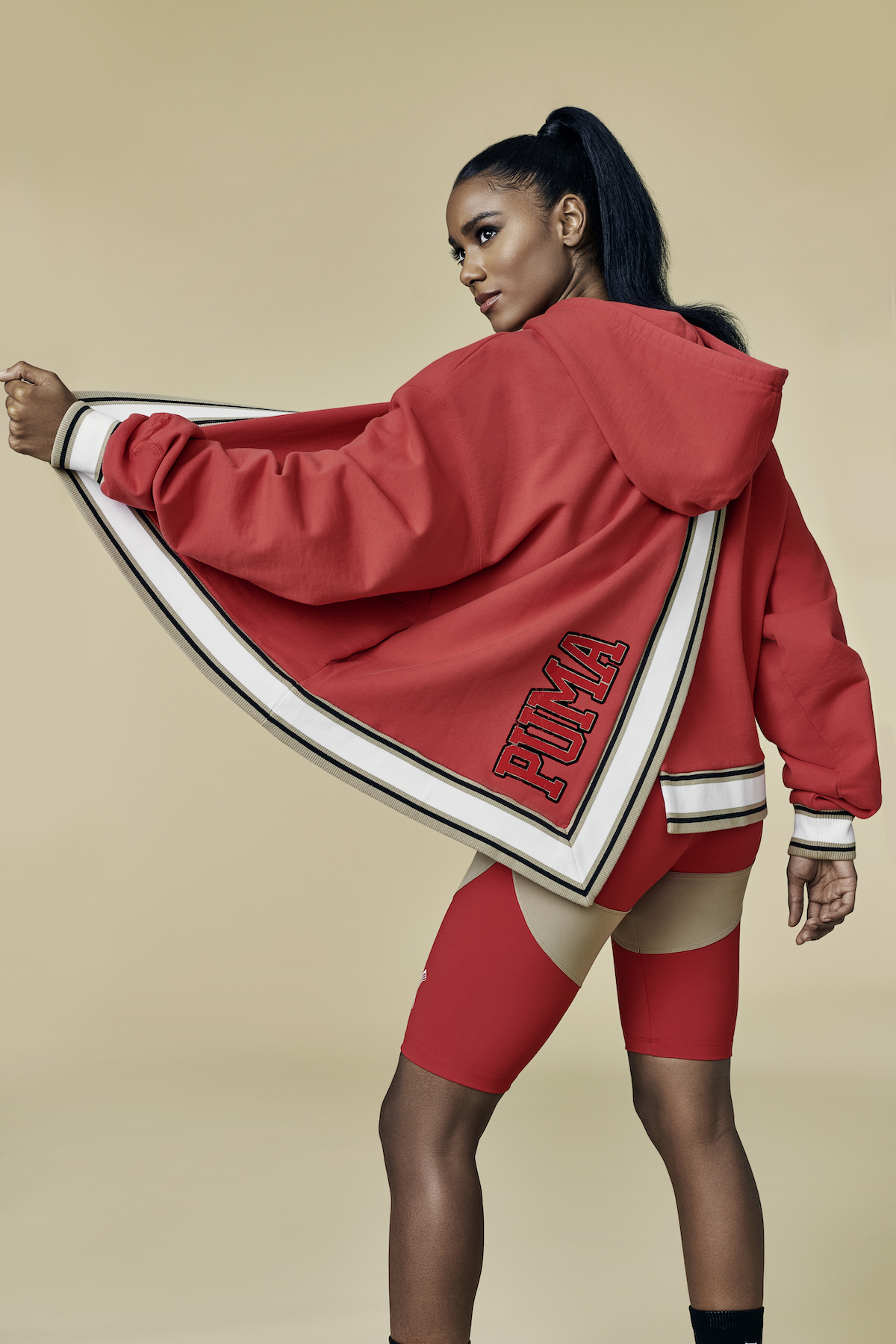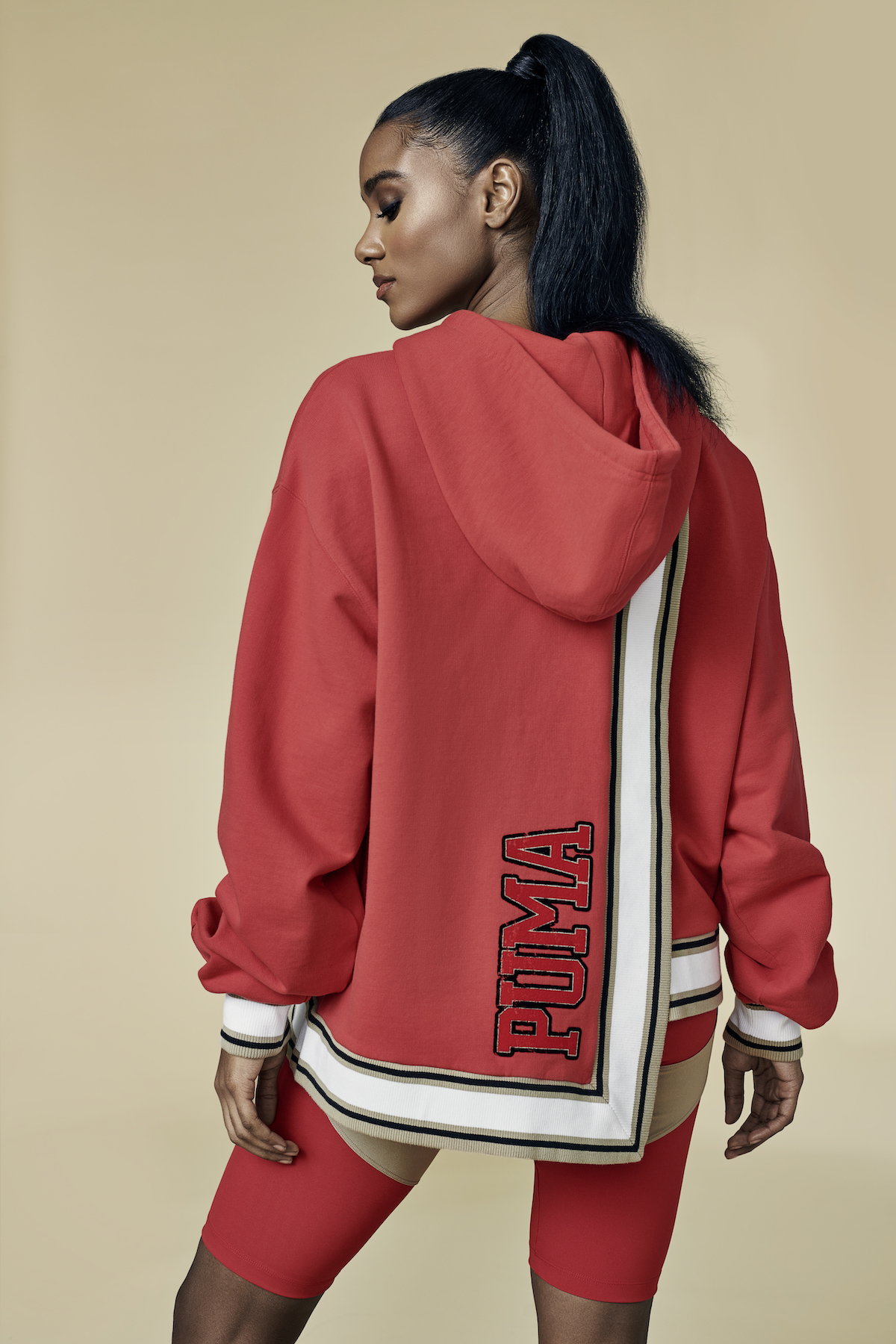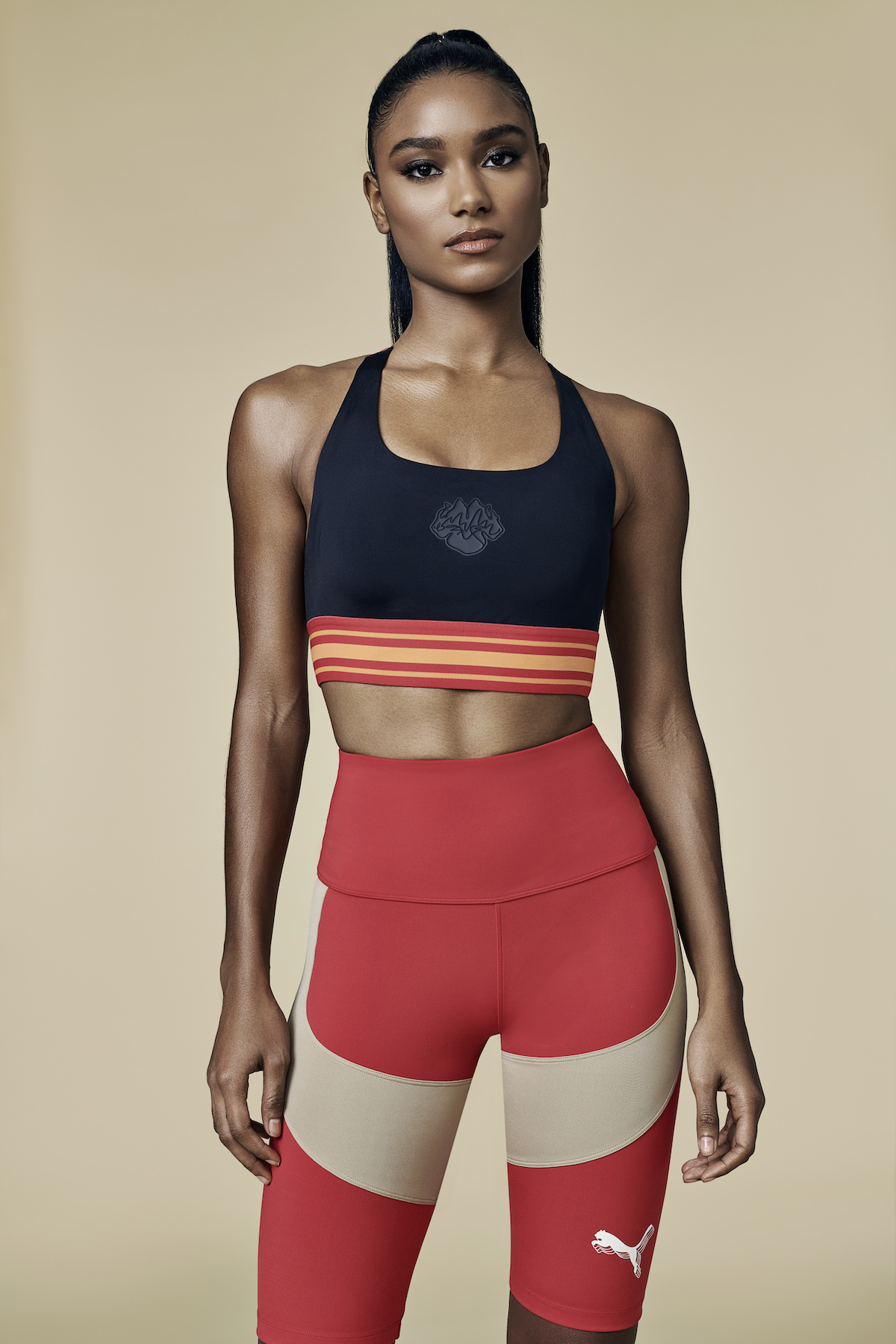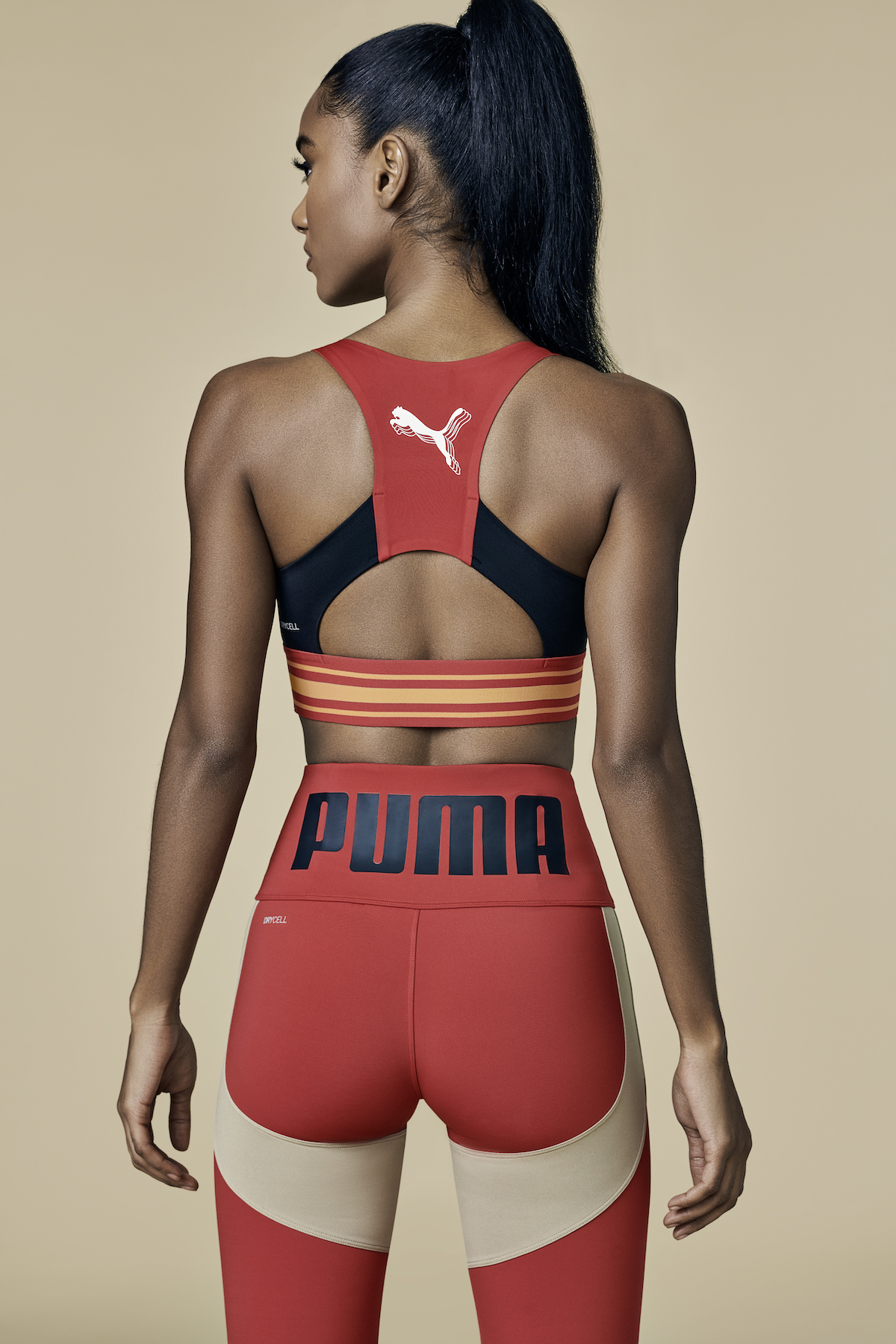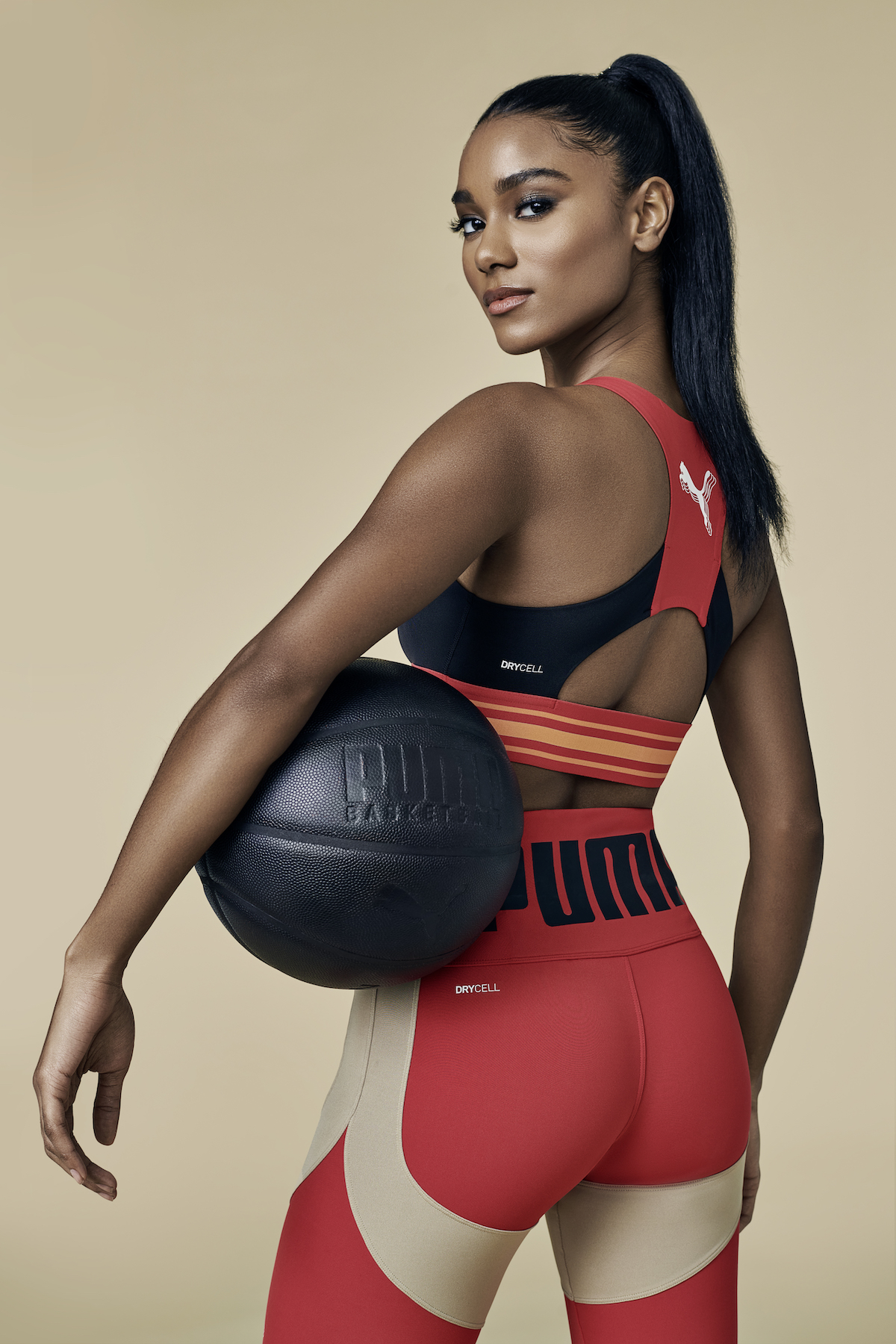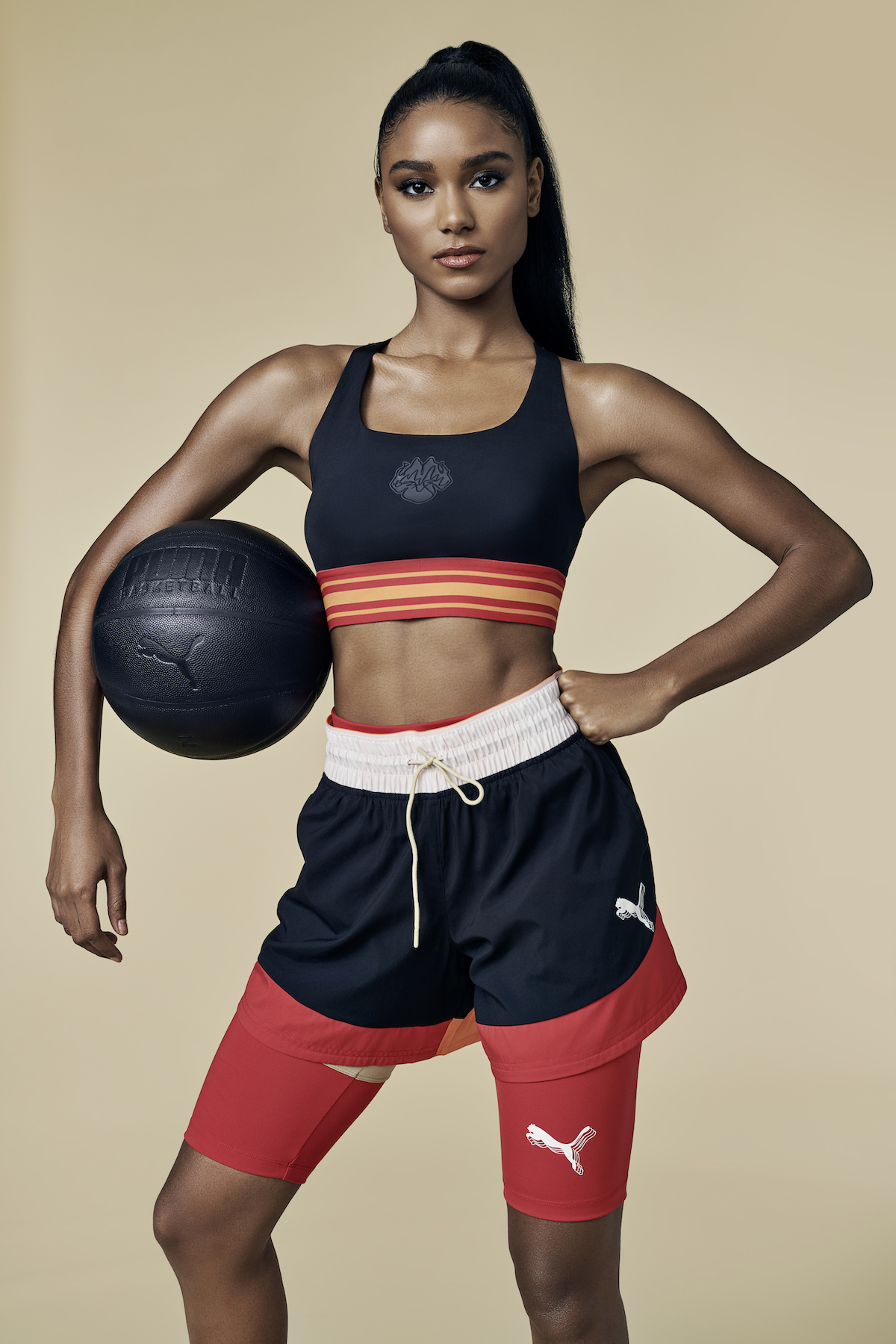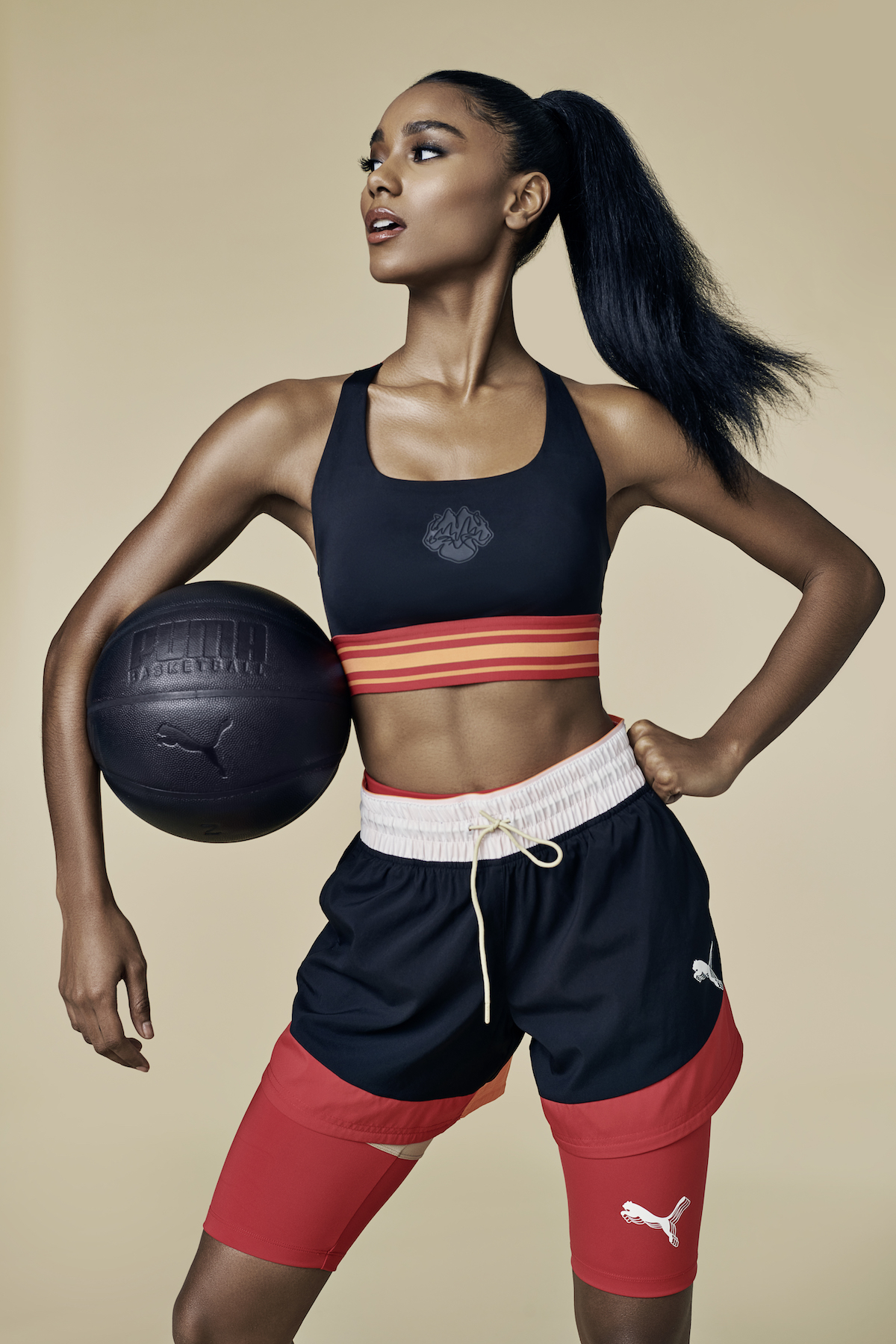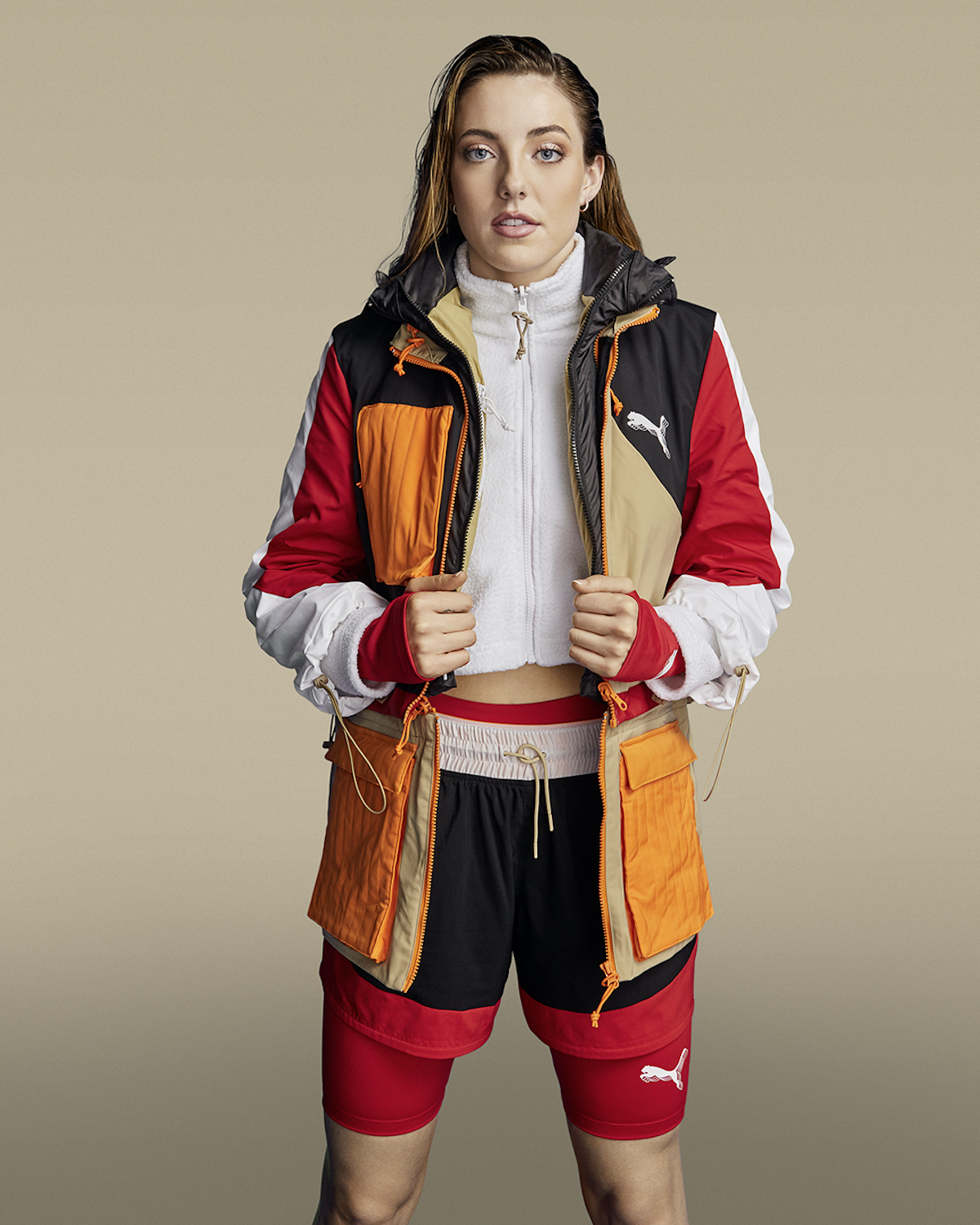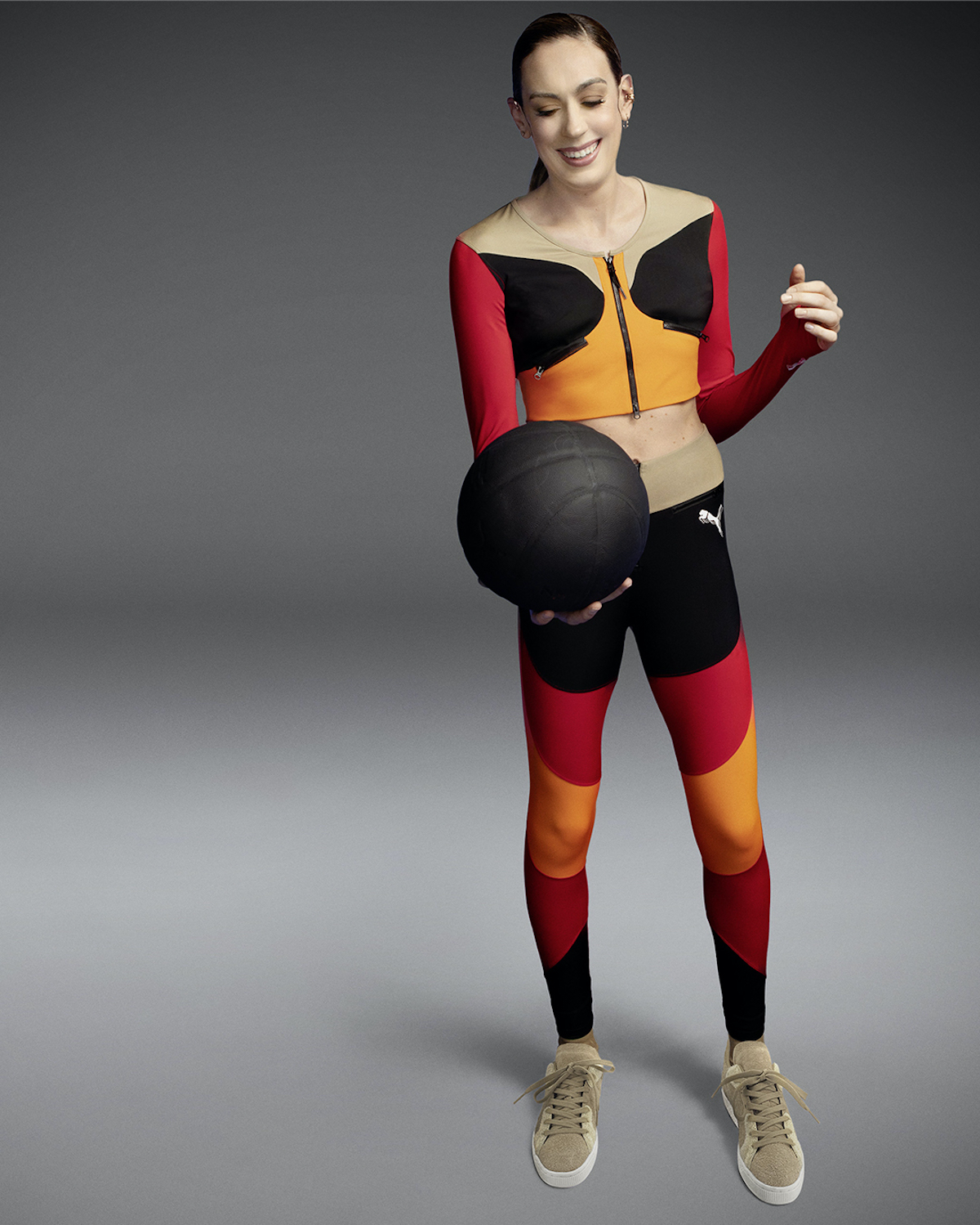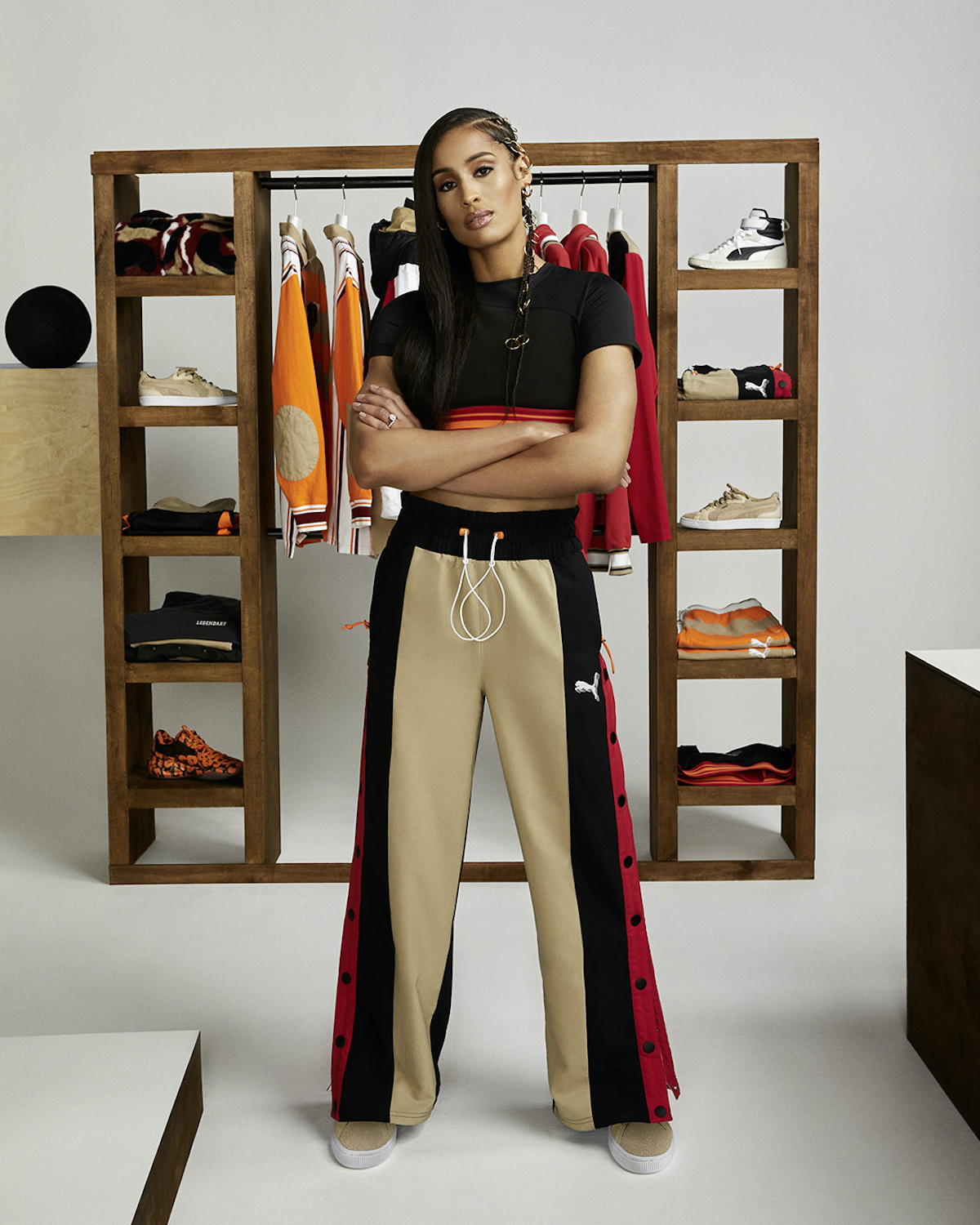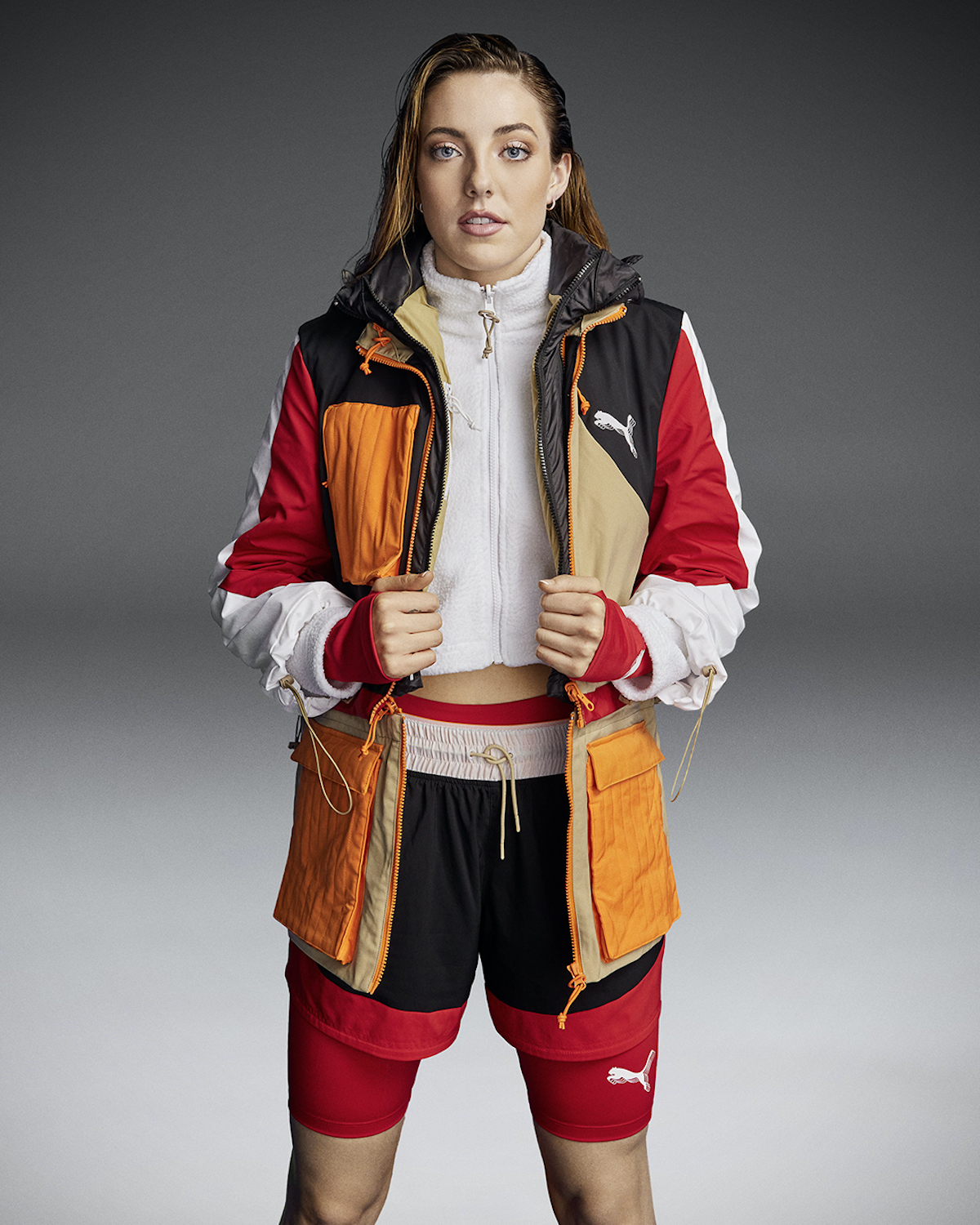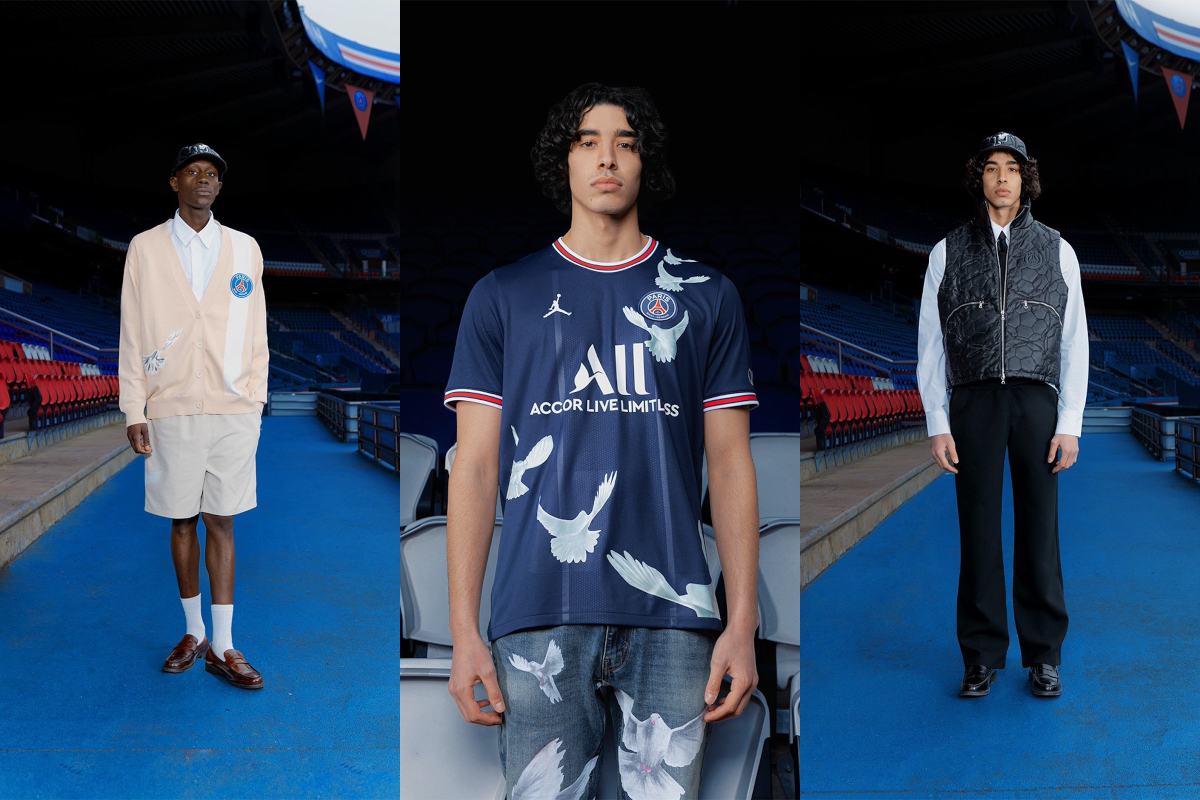
JUNE! Wow, your are everything. You are someone that I all the way from the UK has looked up to career wise growing up. You show us all that is it possible to work in fashion. From a young age, did you always know you would get into this industry?
I came here from the Caribbean when I was very young, I was like three years old. I came from Antigua in The West Indies to London… it was the British West Indies so we felt very connected with London. I called my mum ‘mummy’, I was into tea and biscuits, porridge… the same kind of cultural significance. We have a Queen and a Prime Minister, and all that kind of stuff. It was a British residence. So, I knew that I loved the idea of how fashion was used as a voice in conversation, translation and how I could articulate my personality or attract the things I wanted to attract from a very young age. My mum worked in retail when she first came to America and she then went into nursing. In the Caribbean she had a store, she’d always go around shopping… she loved styling us, she was a stylist! She’d always lay our clothes out and merchandise it, and when she came to America and worked in a retail store, she’d put all of our outfits on layaway. I was always seeing her with customers on a retail level, I never worked retail but I was always a very stylish little girl, like I’d always put my own spin on it from Kindergarten. I would make stuff, I would cut up my grandmother’s curtains, design dresses…
What gave you the confidence to do that?
It’s just my personality, I’m a Gemini. I was very precocious and my mother wasn’t one of those ‘speak when you’re spoken to’ parents. She really appreciated the person that I became. As a mother now, I realise that we don’t get to create our children in this way, they’re bound to the universe. We carry them and we deliver them to the universe, but they’re going to be who they’re going to be… we can create opportunities for them and create an environment that keeps them safe and allows them to become who they are. That’s our job. The job is not to reproduce them or redesign them… my mother really left me untapped.
Did you grow up in New York?
Yes, I grew up in The Bronx, New York.
Growing up in New York, did you feel like an outcast in the area?
I was an outcast in the area… my mum was afraid that people would tease and make fun of me because I would do the most outlandish stuff, it was just insane. It was the way I expressed myself, you know. I would always like making stuff and doing and seeing things in different ways. I wanted a pair of black and white tights, so I took a pair of black tights and a white of white tights and I’d cut them in two and sew them together… I wanted this Harlequin look. Always disrupting the norm, it could be putting a bunch of pins on a jacket in the 80s’… when I could do it, I’d do it.
As a child, I’d make things out of tangible things, whether it was yarn, crochet, or needle and thread and hand sewing stuff. I always knew that I loved clothes. I then learned about costume design when I studied theatre in school. I learned about costume design, character development, and I learned about how, in the music business, that they did have stylists and costumers that did artist development for the stage clothes of the performers and Motown dancers. I was always enamoured by Diana Ross’ & Michael Jackson’s outfits… knowing that somebody was making that stuff. I was like, “These costumes are amazing!”. So, when I left corporate America and went to work in the music business, I soon learned that there was this wide space to bring a costume designer’s aesthetic and the conversation on how to develop a character, how to translate this music into a visual… and because I worked in theatre, I really understood how to build a story. It wasn’t really about styling initially because we didn’t have access. If I was going to style something, I’d have to buy all of it from retail stores.
How did you and Jay-Z meet?
Through Damon Dash’s cousin. He introduced us. He said that he was working with this great woman, and at the time Jay wasn’t an artist, he was at a record label. So, I went to the record label.
So, at the beginning, you styled celebrities such as Jay-Z, Missy Elliot, and Diddy. You designed clothes, you’ve directed, you’ve hosted on TV, and so much more. How did you get started in all that from the fashion industry?
Well, I think music and fashion were always destined to meet, marry, collide, and have children- and that’s what’s happened. Initially, high fashion didn’t necessarily look at Black culture as a vehicle of publicity or PR, they just didn’t see it that way; it was like secular music! It was like what rock n’ roll was to Christians, it was secular. We didn’t matter. Black culture didn’t matter to European fashion in that way. It’s not until we started to create our own narrative and storytelling that they started to see all of this beautiful imagery and the impact that we were having on the marketplace.
After we built up our storytelling, you can see visually that this is tangible and is something that doesn’t just shift the way that the consumer buys, but it shifts culture. And because I always looked at it as a narrator, I’ve changed the narrative of how people saw Black music in the industry. Our goal was just to get our music played on VH1 or MTV, because they didn’t play Black music. BET played Black music, so it was very segregated. So, if we could get our music on those channels, you were in it, and the images were so polarising. It happened eventually. Because of that, magazines started to take notice and when we called high fashion houses, it took that one progressive PR person to help give you the opportunity. When I first started working with Jay, I knew I wanted a very relaxed suit, and we initially went to Giorgio Armani and we weren’t able to get through on the first time, so I said I’d design it. The Italians understood relaxed and effortless suiting, and with artists who never really wore suits, as their uniform was more baggy pants and comfortable stuff… being able to design one of Jay-Z’s first suits- a yellow lemon suit that he wore in the Feelin’ It video- and that song became such a big deal. And then when we went to back to Armani, I never said I wasn’t going to go back to Armani, I was more like “Oh okay, no problem” …
You’ve got to go with that energy! You’re going to come back.
Well, there were no hard feelings, no problems. It just obviously forced me to tap into my superpowers.
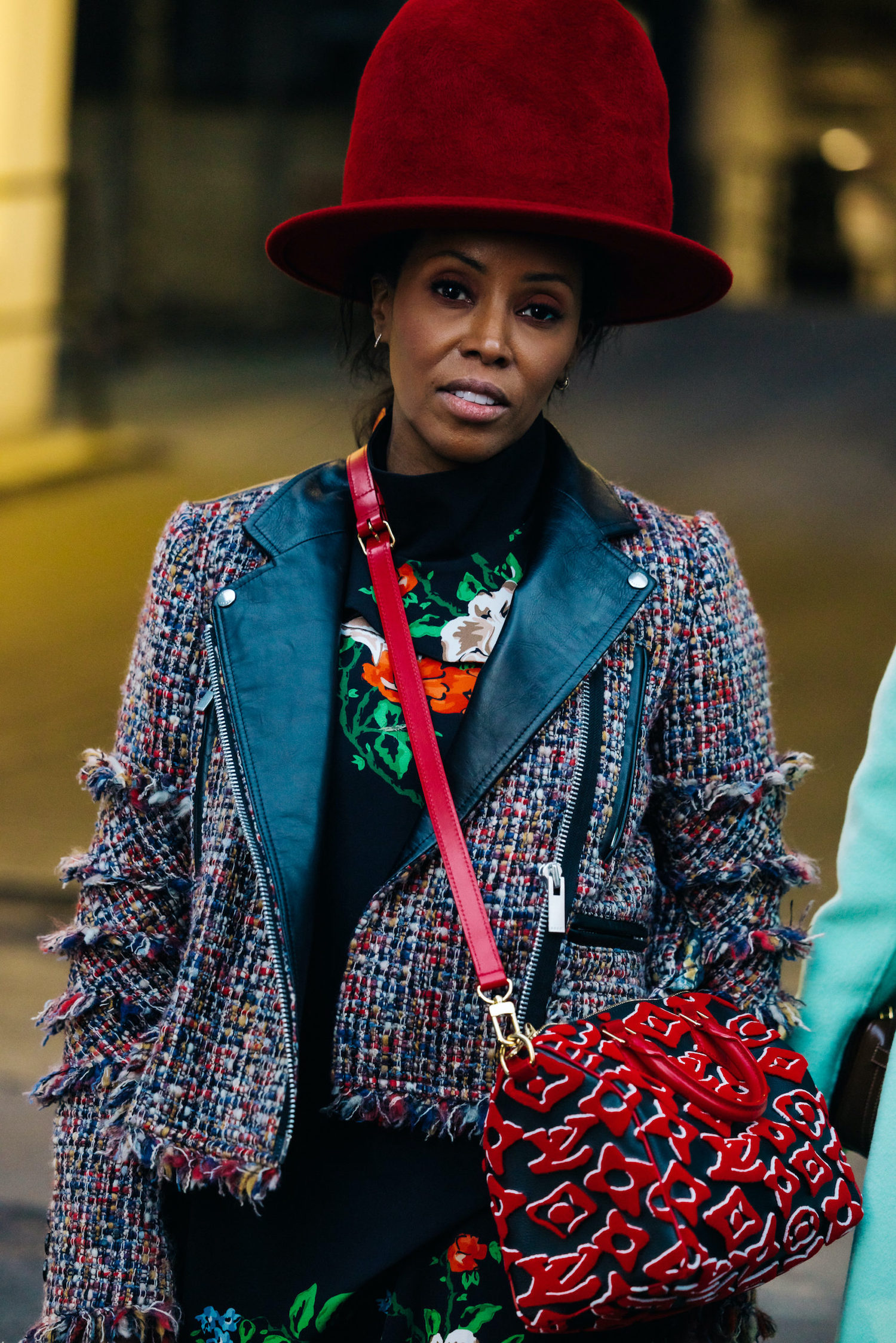
When some people get declined in fashion, it can sometimes knock them down. What did it do for you?
I just kept it moving. I didn’t have time to get knocked down. I had just left a paying job to pursue this career in fashion, and I didn’t have time for the foolishness. I didn’t have time to be like “Oh my god, what am I going to do?” … I was quick and swift. I kept it moving and I did what I had to do to get the job done because I couldn’t go back and say, “Armani didn’t give me a suit, I don’t know what to do”. Give me a break.
Eventually, we worked with Armani, but we didn’t need them and that was the beauty of it all. Not asking for permission is sometimes how you write your own ticket and I sometimes tell people to not make excuses about being discriminated against… figure it out. There are people that fought for our segregated rights and if they left it and were content with what was then, not being able to use the same bathrooms… In America, in the south segregation was a big thing. Black people couldn’t fit at the front of the bus, they couldn’t use the same bathrooms as white people. Everything was segregated. They couldn’t go to the same hotels, the same restaurants, the same schools… There were people that have already afforded us the right for anything that was considered a deterrent, to plough through that and just do the work. For me, it was just not being distracted and I did the work. I worked hard and tirelessly. We didn’t start collaborating with designers until we were ‘on’, but at least they were recognising our contribution. It kind of all just went from there. I did one of the first collaborative sportswear deals with Missy Elliot, way before anyone else. It was for Adidas. So, I was the creative director for that, for Missy’s line, and you think about the fact that that happened then… it was one of those seeds that we planted. Now these lovely collaboration deals are far beyond anyone’s expectations, but we did the work. We started to break that ground and dig that dirt and plant those seeds. I think because of that, those little things are really the root of what we are seeing now.
What was the most iconic music video that you did?
I think people would say it was the Missy Elliot “The Rain”, to this day. I mean I’ve done over 200 music videos, but I think everybody goes to “The Rain” first.
Working from artist in the 90s’, I’m guessing fashion was a bit different, with fashion nowadays being more genderless. Who have you worked with in the past who you have transformed and elevated them from who they were to what they became during their career?
I mean, that’s a loaded question. First of all, we didn’t have a point of reference at that time… there was no social media. There was no internet. If you wanted to research, you went to the library to read books. You were buying magazines, you were noticing European runways… you either had to show up or wait for the book that was printed. It was so different. Now, how do you not know? I think with the artist… I was a very forceful personality, like a doctor in a way. You know when you go to the doctor and they’re like “My professional opinion is… I’m going to write you this prescription because I know that it’s going to eventually make you”. I think that there’s a certain sense of nurturing and trust, a doctor-patient privilege that you never talk about. I don’t talk about what happens behind those closed doors… it’s such an intimate thing. I think you see the results of that on the other side. The idea is that they had to own the look, whether you rendered it or helped craft it didn’t matter. The goal wasn’t for somebody to say “Oh, June did this”, the goal was “Oh my god, he looks amazing!”. We were like wizards!
On red carpets now, I feel like people are like “Who was the stylist?”
Exactly! But it wasn’t always that way. I definitely didn’t go into the business with that intention in mind, but I think that the artists were so gracious and when you have clients that trust you, you go in as a collaborator and you have to say, “Sometimes I have to drive the car, and sometimes you have to collaborate, and sometimes you have to compromise”. It’s never about me, so I never went into any other projects that I worked with celebrities with this “This is my point of view. Take it or leave it or I’m walking out” approach. The reality is that it’s such a humbling position to be in when someone puts their livelihood and image in your hands, that they trust you with that. It’s also such a vulnerable place to be for the person that you’re working with, that you see them when they’re most vulnerable, that you see them before they become a star. I’ve had to help create stars and help reinvent them… there are so many different scenarios. I’ve worked with artists from the inception of their careers, and I’ve seen artists come and go and I’ve seen them stay. I think that the relationships that I’ve had have had such a long lifespan because there was this equal admiration and respect for the art that we never wavered or talked about. I leave it to them if they want to acknowledge it, I will share it as a privilege to do it but I don’t necessarily look for comments like “Who did this?”.
Your work speaks for itself.
Yes! I do the work and people continue to write to people who need to know and hire me for the next one. Do I want the consumer to fall in love with me, or do I want them to fall in love with me because of the artist? I was always big on them falling in love with me as a brand, with it being less about me being the person that works with that person. I always had that in mind from the beginning. I know it sounds like it doesn’t make sense, like how will people know you did this? They know… they’ll ask questions and they’re curious. I also had a lot of people who knew when I did stuff because I’d leave trademarks and breadcrumbs.
Do you think that’s important?
I think it’s important for you to define what makes you special. They would always bring me in for the hard stuff, for the Macy Grays, the things that weren’t so easy in terms of… “How do we define a woman in hip-hop?”. Every artist that I worked with could just call me and I’d be able to figure it out. When I worked with Missy, it was like “Okay, how are going to market her?”: figure it out. I love disrupting the narrative with what I think they’re worthy of. I also speak from a costume designer’s perspective when I’d say, “Well, a character would do this”. Let’s separate the personal persona from the artistic persona, and that really lets you get into the role playing. Nas feeling like he was Al Pacino the gangster in the Casino movie was a great point of reference. Jay feeling like the Godfather in ‘Can’t Knock The Hustle’… these were all great points of reference. And Missy feeling like a superhero for all of her videos, creating all of these superhero characters. It’s just about those narratives and those forms of storytelling. Like, how can I get Mariah Carey to not be overtly sexy and just subtly sexy? You know, like her just carrying a pocketbook that just makes it feel like it’s organic and a lifestyle. Again, that’s obviously what made those characters, the way that you were styling it, the way that you were structuring it. That worked on commercials, that worked on advertisements. I’ve directed for stage shows and tours and over 200 music videos, so being able to bring product to the marketplace and speak to the consumers feels like a very natural thing… it’s not my first dance in this space. I know how to think like a consumer and I also think I approach things from three angles: from design, merchandising, and styling. I’ve tapped into all my skillsets in creating, because I really wanted to create something that felt like life is a sport and not just for female basketball players- because we were launching a woman’s basketball division at Puma- that doesn’t mean we’re alienating the consumer by the DNA of the collection. DNA is where you celebrate women in basketball through sport, but at the end of the day life is a sport and everyone can relate to that. There are guys that are wearing these pieces, there’s a lot of gender neutrality and I really wanted to speak to that. I really wanted to speak to commerciality and have destructive moments where it felt just avant-garde enough, but it doesn’t look unrealistic for Puma. That’s another thing with street fashion, when people expect you to do something really outrageous that felt just like a music video, and that’s just not realistic. I had to put on my marketing hat to really imagine what this consumer is and who she wants to become, and also imagine if there was cis-gender or they/them person to group everybody together.
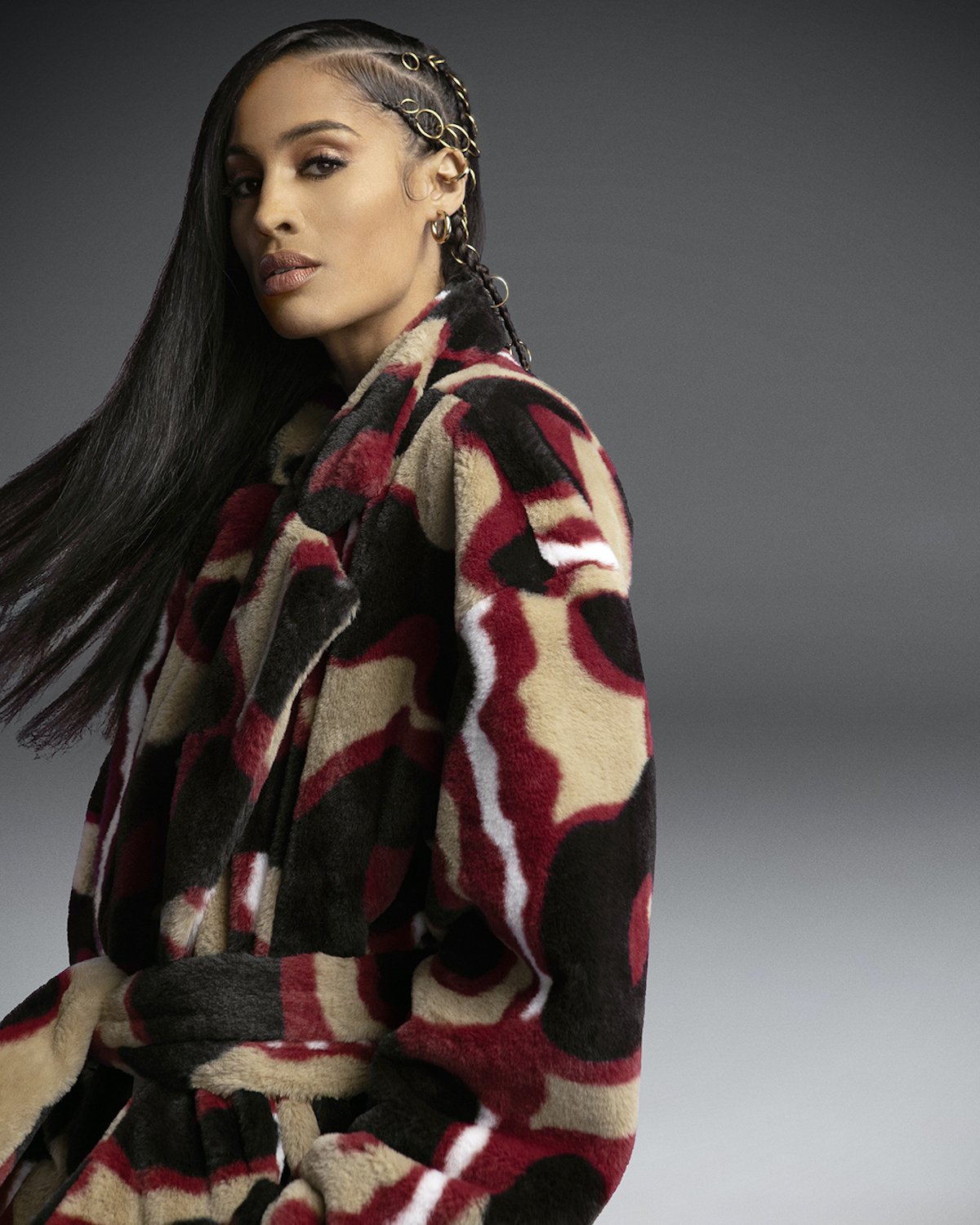
Being a Black woman working in fashion, did you ever face racism? How have things changed from then to now?
Of course I did, but not to the point where it stopped me and not to the point where it made less than, because I’ve always gone into things knowing that I was worthy. I think when you wear that invisible crown there’s really no room that’s going to intimidate me, no person that’s going to make me feel like that. A physical person is not the higher power… I’m not guided by someone’s presence; I’m guided by someone’s spirit. With that being said, you are being aggressive towards me falls under fear and not intention. It’s not your intention to try and make me feel like I’m not worthy of it… but if it is, I’m going to keep it moving. There are always ways around every obstcacle. If you stumble you make it a part of the dance and you keep moving. If one door closes, I build my own.
Let’s be honest, people in the fashion industry can sometimes be very judgemental. Models, stylists, designers… they all get judged. It can be both positive and negative, so what advice would you give to a young person interning at some of these companies?
You’ve got to hold steady and strong because sometimes there’s no wind, and sometimes there’s a gust that can flip you over, but you have to be able to adjust that. You have to be in control of that. Also, don’t take things so personally. I think that also helps. Don’t make it about you. I think if somebody says something that’s horrific to you, you almost just have to be sympathetic. I’ve always kind of dealt with it knowing that this person is clearly going through something, and you shouldn’t allow them to change who you are. You should continue to keep a steady head, have a beautiful heart, have integrity, have passion, have conviction, and unwaveringly be who you are. I think eventually that no matter how horrible somebody is being to you, that energy will eventually dissipate because it’s being smothered out by beauty. If you’re light, then there’s no darkness that you couldn’t survive in. I always say that. You have to also do the work and be good. You’ve got to be prepared to do the work and be so good that they can’t deny you… or be so good that you can go somewhere else if it doesn’t fit right. When you have the f*cking cards to pull out, it is the best feeling. But that comes with doing the work and educating yourself on humility, asking a lot of questions… being infinitely curious is so important. You’ve also got to be prepared to take it, and to know when to take the opportunity and strike. Don’t be a pig about it, don’t be so aggressive that you compromise relationships, but find the right balance between being confident, assertive, and humble. It’s a really nice seasoning, and when you put it all together it’s a really nice texture. It’s power, it’s attractive. When you meet people like this, these things are so attractive to me.
What motivates you every day?
Life. The fact that I get to get up every morning and try again. Yesterday was a bad day, but it was just a day. Here we go again.
You hold this positive energy. How do you not be sad?
Of course I get sad, it’s natural. But I like to unpack trauma… I don’t like to hold onto things that make me feel sad. I realised when my mum passed away that I’d never felt that way before, to be hurt and to be disappointed is different from grief. Some people can’t help but to feel sad, you have to realise that there are some people who are clinically depressed. And when you have the ability to change that on your own, without being medicated, you have to realise that that is a superpower, because some people simply can’t get out of their heads. It puts it into perspective. It’s a lot of work to be angry, and it’s a lot of work to be an a**hole. I get frustrated. Every assistant that I’ve raised, I’ve never taken the “You’re an idiot” approach. I’ve taken the “You’ve disappointed me. I know you can do better” way.
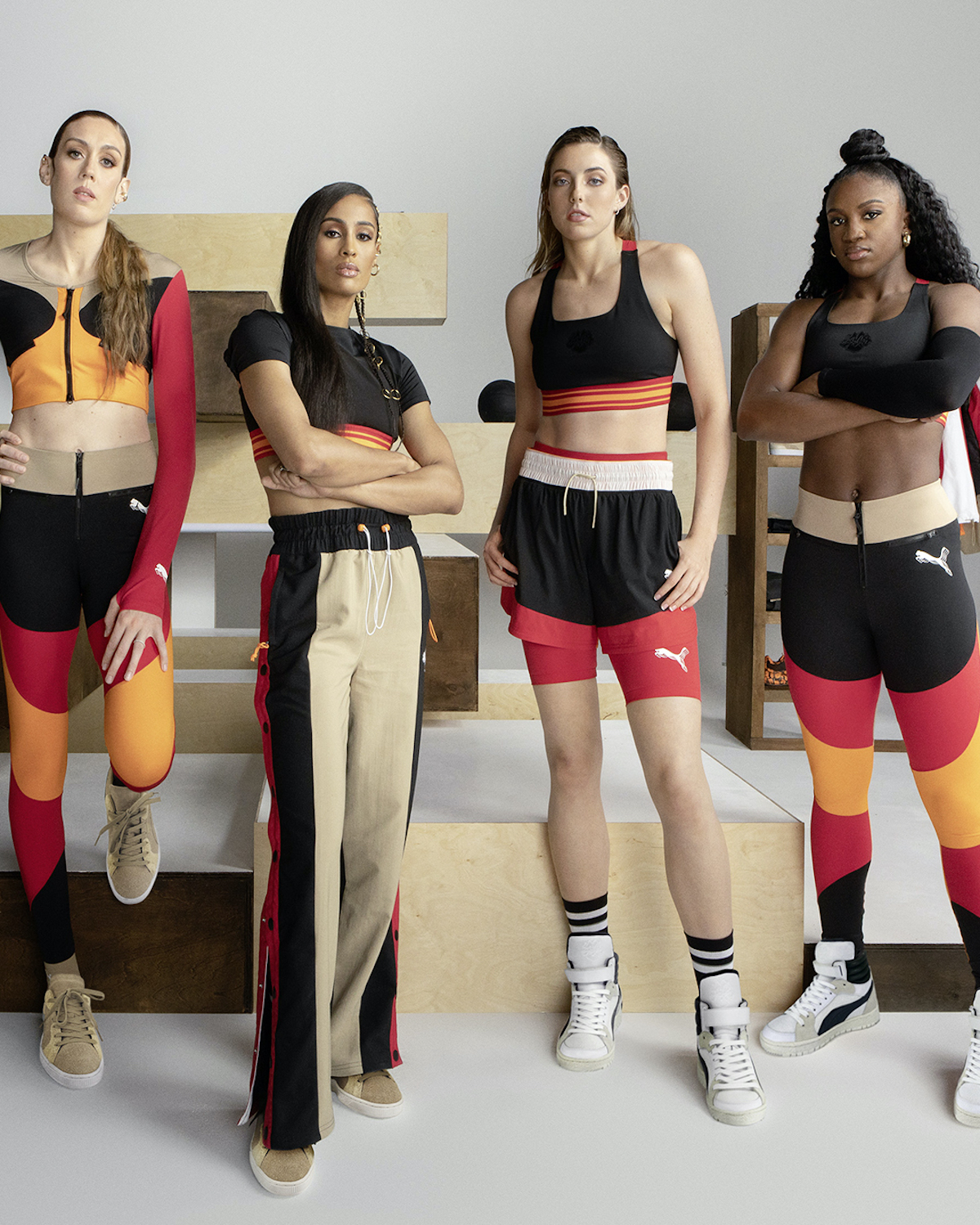
What was your worst assistant like?
The ones that are lazy. The ones that simply don’t get it… they just don’t get that groundwork. Here’s another thing… if I leave after you, there’s a problem. You don’t get to leave before me. If I get there before you, you’re not cut out. I will do everything that the assistant will do. There’s no part of the job that I won’t do to this day. If I can do it, then you better be prepared to do it. I like people who are extremely prepared for the journey. The ones that are the worst are the ones that just feel so privileged and just feel like I owe them this and that, or that their parents have money, or they have fancy clothes… it’s just exhausting. Those are the ones that are the worst. They don’t follow through or try to educate themselves, and they don’t ask enough questions. Those are the ones that drive me nuts. Ask questions, say to me that you don’t know, be honest. It’s always the thieving ones that want to be me overnight and they want to be sneaky thieves! Those are the ones that do ‘Devil Wears Prada’.
Oh, yes! What top five tips would you give to keeping your soul and spirit alive?
Rest and being able to power down and be reset. Two things that you love that make you giggle… things that make you feel like you’re in love and give you butterflies. Being open to trying new things, things that make you feel like you’re starting all over again… I love that. I love feeling like I’m starting from the beginning. It’s how I reinvent myself over and over again, feeling like I’m new at it. It’s just humbling. You are what you eat, so I am a plant-based eater and I try to keep physical.
How long have you been plant-based?
About six years.
And what made you decide to do that?
I was dying, I was aging. Hereditarily, my family have Alzheimer’s, my mum had it, an di just wanted to get ahead of the disease. I also didn’t feel like I was performing at my full capacity. I felt like my body was physically reacting to the food that was killing me… and I’m not saying that I was a fried chicken, macaroni cheese eating person, it was just that dairy wasn’t good for me. My joints hurt, it created acne. Nobody can recognise it if you’re masked behind the façade of fashion, but when you stop and look at yourself, you’re like “I could do better.” When you’re at peace and still and you listen to your body, you realise you should be going to the doctor, and my skin should be looking like this… then you realise something’s not right. That was a big part of the journey, in terms of having the energy.
Yes. Now let’s talk about your new journey with Puma… how did you become the Creative Director of one of the world’s most powerful sportswear brands?
I like evolving and reinventing myself, going places that I feel like I could serve. This a space where I feel like I could be of service. Jay-Z, who’s the Creative Director of Men’s Basketball, told me that there was an opportunity and I just loved what they were doing. Puma is also very rooted in hip-hop, and they have a long relationship with culture so I loved that there was this connectivity with the brand. I also wondered if I could make my mark and if I could be as destructive and instrumental in this space as I was in music and urban hip-hop culture and transforming that into popular culture… being one of the architects that were involved in the evolution of hip-hop becoming one of the leading genres in the world. Could I play that role in the athletic space where people look at the brand not for their great collaborations, but because the brand itself was known as a fashion place where you could make it a part of your lifestyle? Not just performance, all running sneakers, or if you need a pair of leggings or a sports bra. It was because my Puma tracksuit or Puma faux fur coat, its fashion, spoke to like-minded consumers who look at life like a sport. That was the goal. When I had the conversation with Jay-Z and Emory Jones, I felt like it was important I had that conversation that I just had with you. That I felt like I could make a difference. I knew that the work that I did in hip-hop, urban culture, and pop culture in general, the foundation of what I built my career on was the evolution of Black culture, so I acknowledged that. They gave me a shot and we’ve had tremendous success with the launch of the High Court collective.
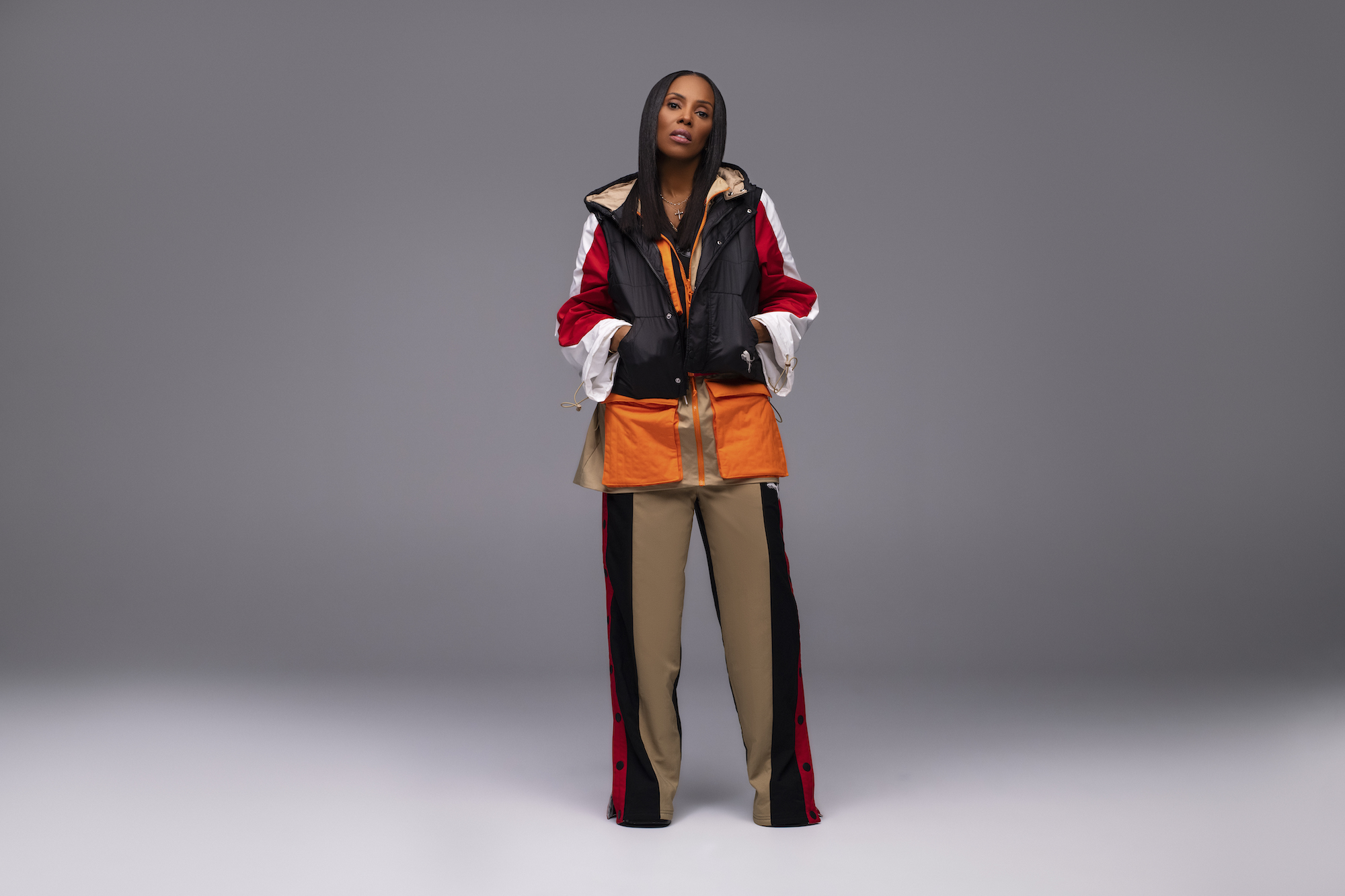
What was the key message that you wanted to come out in the collection?
Fearlessness, athleticism, iconic, and noisy.
How free were you with the collection?
I did it all, nobody bothered me. It’s a 24-piece collection and it all merchandises really well with each other. There’s a basketball sneaker, we have two sports style sneakers… these are super classic and rooted in the heritage of Puma. We did the Puma Suedes; we did the high-top Ralph Sampsons… the suedes were one of the first basketball sneakers on the court for Puma, so we’re pulling out those receipts. Ralph Sampson’s has so much history and relevance to nostalgia.
Is it men’s and women’s?
It’s women’s, but there was such an appetite for the sneakers that we now are bringing men’s sizes for the second season, because guys wanted the Ralph Sampsons, they were sick about it. There were certain pieces the guys were wearing, but we only went up to 2X (XL). This collection is a little broader and really speaks to that 16t to 55-year-old, and it’s hard to speak to that demographic without them feeling and looking a little silly… it hits a sweet spot, which is really nice.
When is this dropping?
It dropped December 1st in America and the global launch was yesterday.
How does it feel to achieve this level of success? And did you ever take time to reflect outside of your bubble of how far you have come?
Everyday. I live in the city in New York, and every time I look out my window, I pinch myself. It’s just always so humbling. Every New Year’s, every trip around the sun, I just can’t believe this is my life. I’m having so much fun, still.
What can we look forward to from you and Puma in 2022?
Keeping Score by June Ambrose in December. The first Puma x June Ambrose collection. I’m in front of this collection but it’s not a collaboration, it’s more of a division for the brand setting up for the other basketball athletes to come, which Breanna Stewart is going to be launching. She’s going to be launching a collection, she’s one of our basketball athletes, and she’s going to be bringing out our first women’s basketball sneaker, which is exciting.
Throughout the years you would’ve seen fashion change so much, so which designer or brand has stayed winning?
I mean look at the house of Gucci, they’ve been very consistent. Louis Vuitton. The luxury houses, I mean they’ve got their different creative directors, but they’re like a machine. I’m not answering this from a really educated place, I’m just on the outside observing as a consumer. In fashion, we’re into something one minute and then we’re done. I am a huge fan of Jean Paul Gaultier, and for me that’s been forever, so it depends. I thought McQueen was such a beautiful artist.
What was the best thing about the 90s’ era?
The freedom of expression. We were literally so unapologetic and we just did whatever the f*ck we wanted to do (laughs). That was the best thing. We had so much fun because there was no comparison and nobody was competing, we were just creating art. We got to all be artists and painters and doctors.
We live in such a digital world where so many people are able to share and gain opportunities through social media. How does that differ from the days when the internet wasn’t around?
You’ve got to be careful these days. I always tell my kids it’s a gift and a curse because we can definitely activate and get people to come together and really make a difference, a call to action you can use. But, then there are also people using it as a weapon and without context, they can take people down. You have to know the gift and the curse that the platforms are, but I always tell young people trying to get into the business that you’re the editor at large of your social messaging and platforms… use that to attract what you want, and if you want to sit around and be a troll, then that’s always what your life is going to bring you, the hate and guilt. If you want to put out beautiful imagery and you want to attract people to hire, see, and respect you, then you use the platform for greater good. Twitter is a news feed and a call to action; social media is always the place do it. If you want to apologise, social media is where people do it.
The High Court Collection is available at PUMA’s flagship store on Carnaby Street, London and online through the PUMA.com website.
